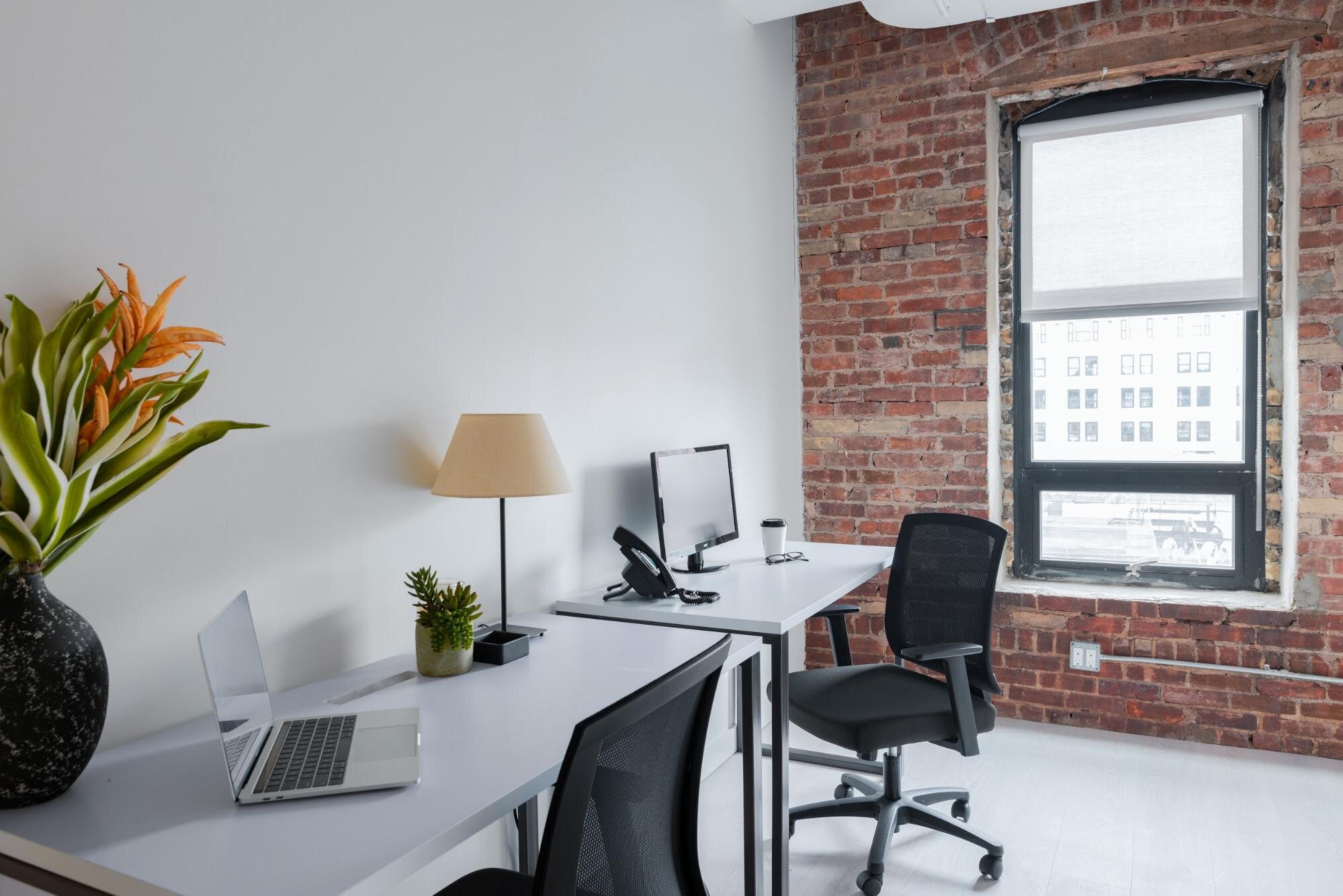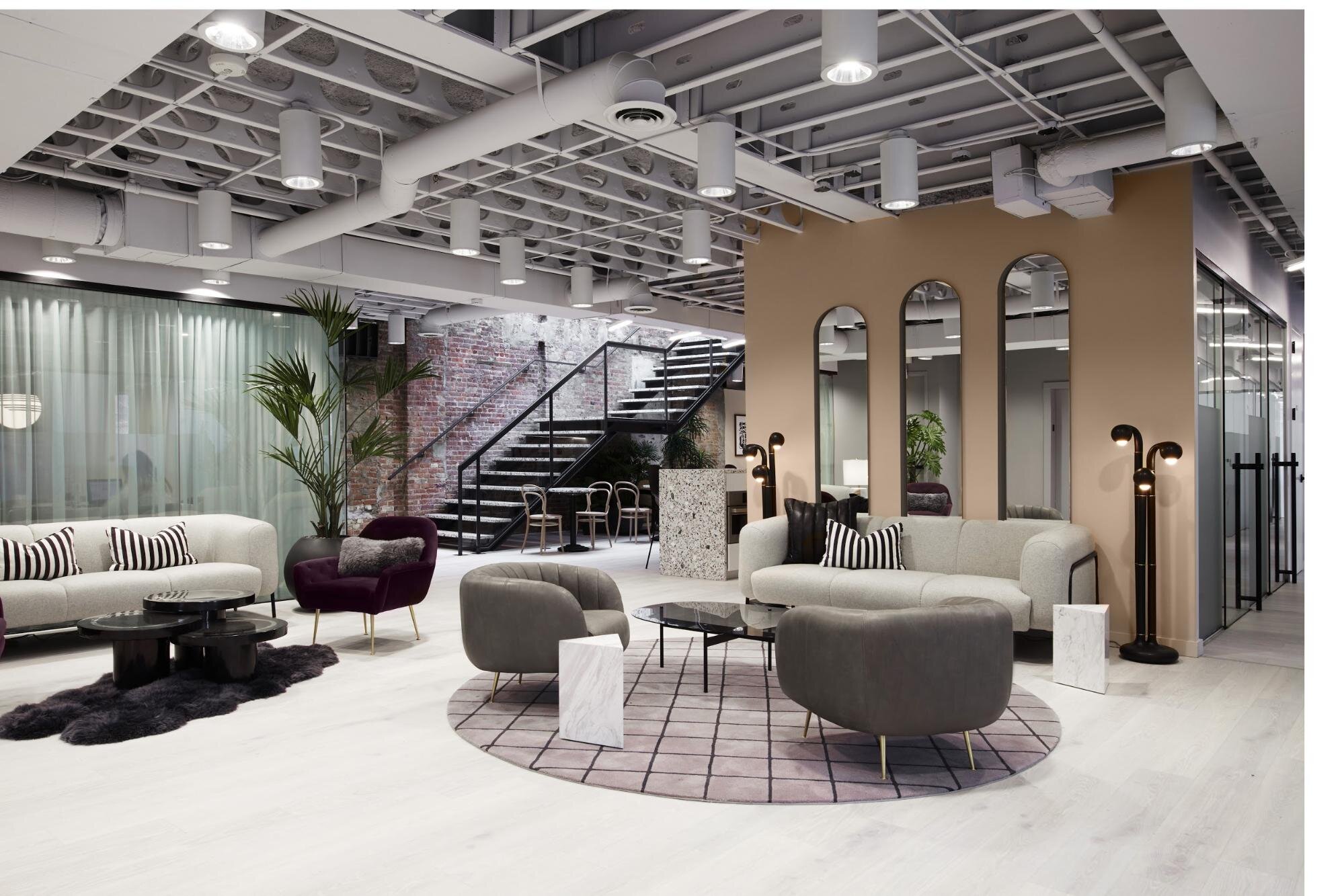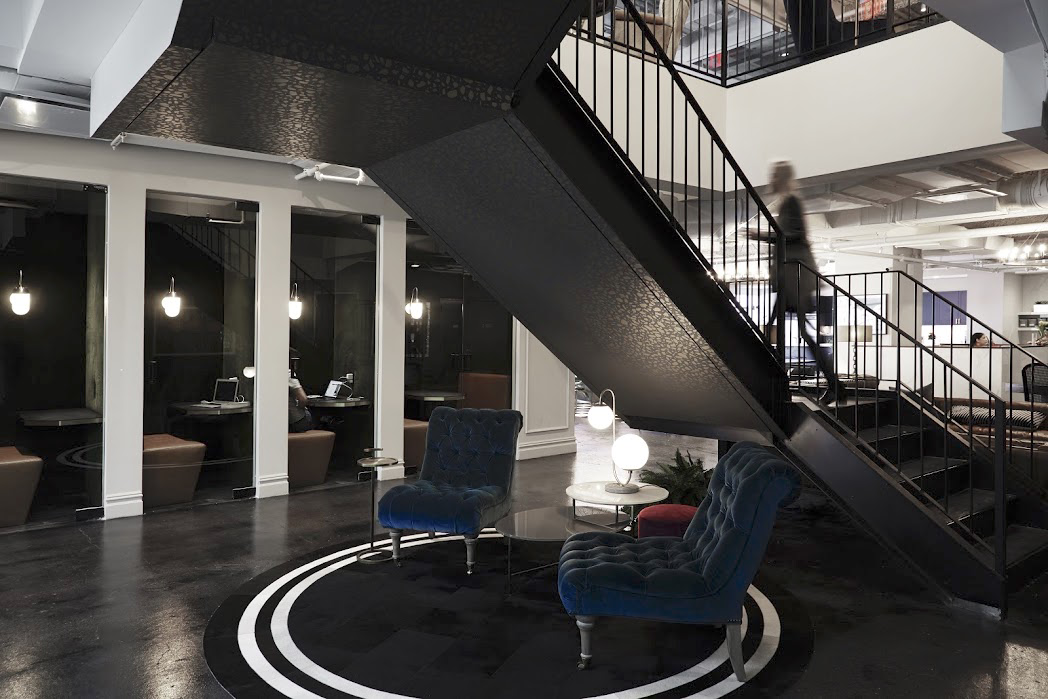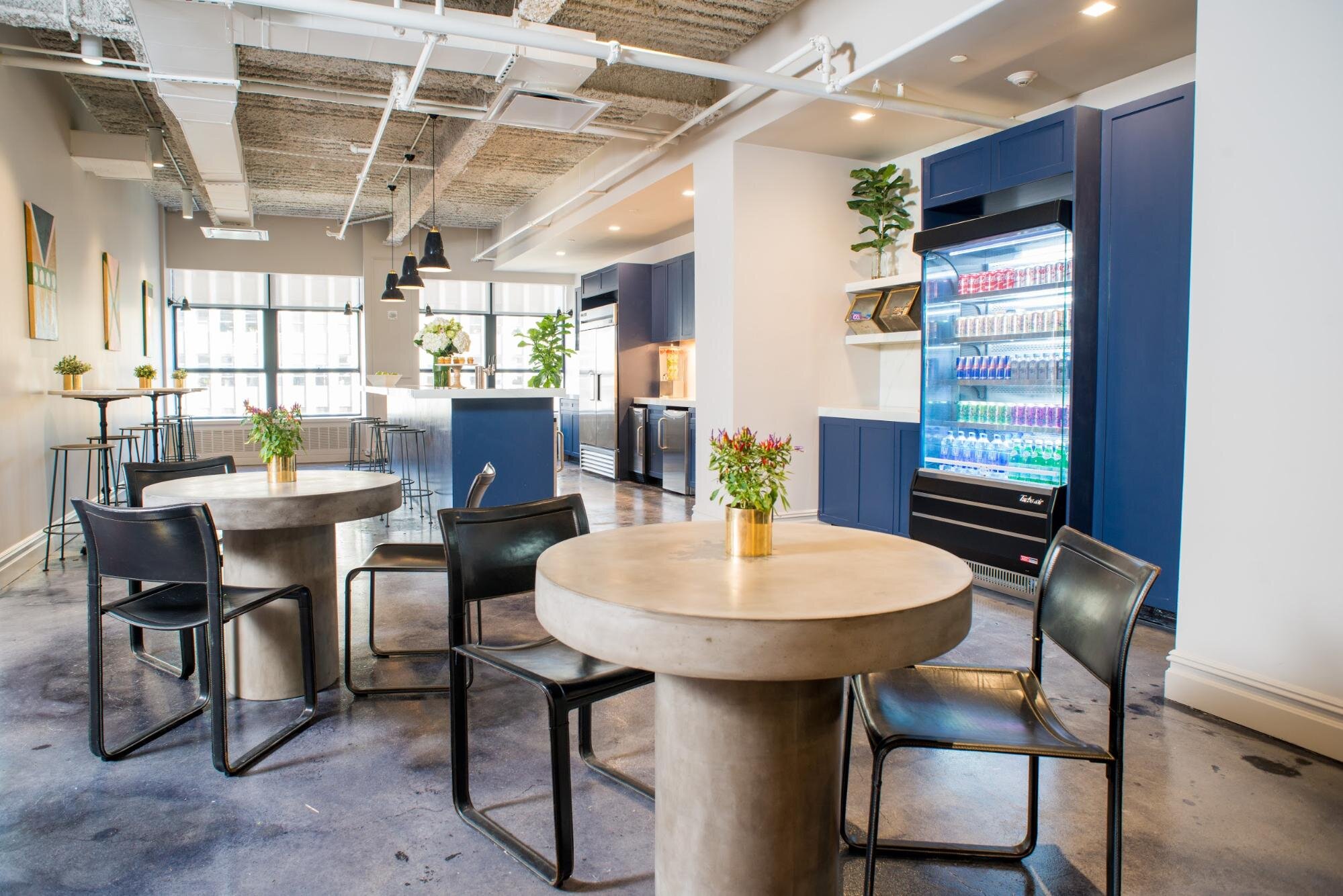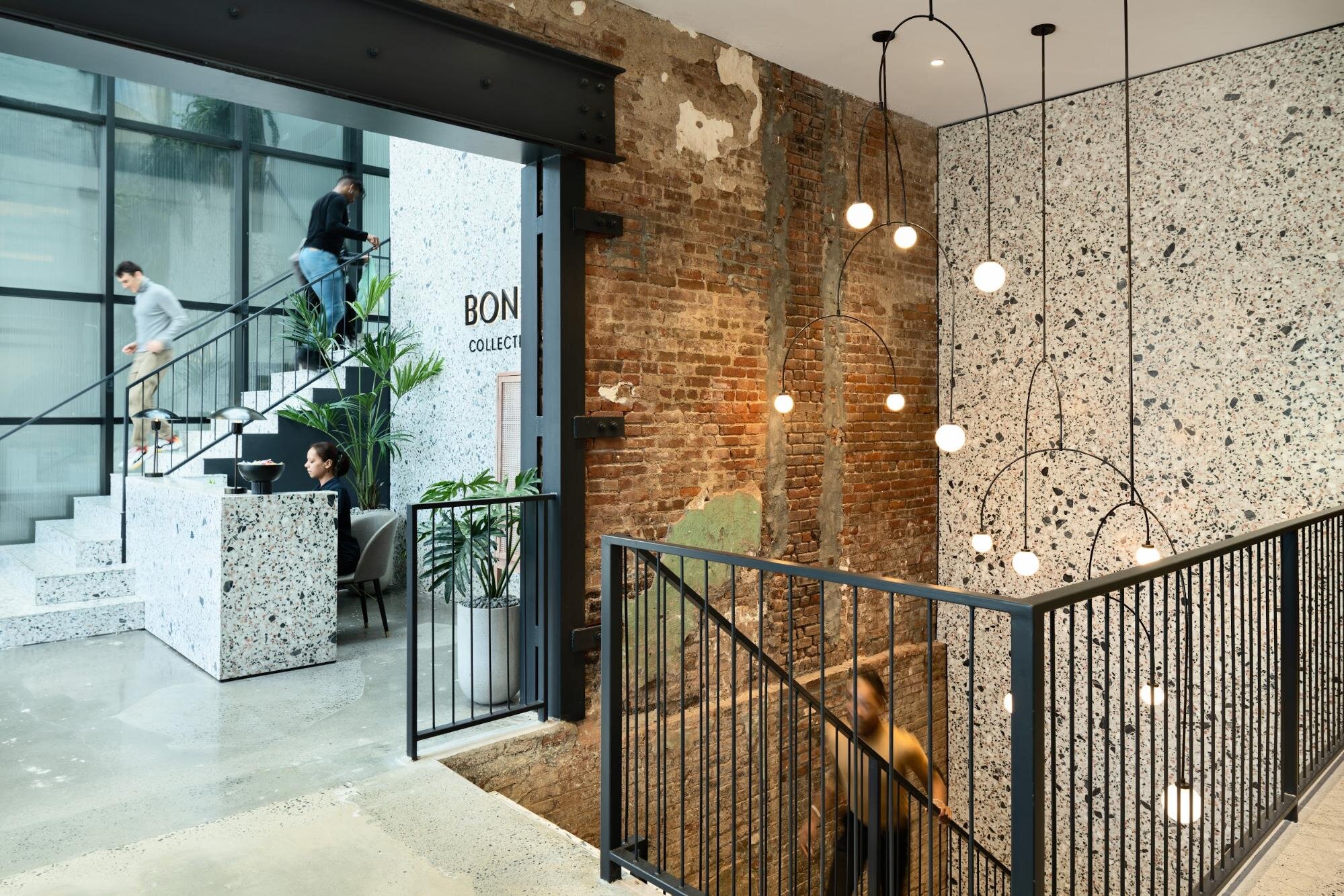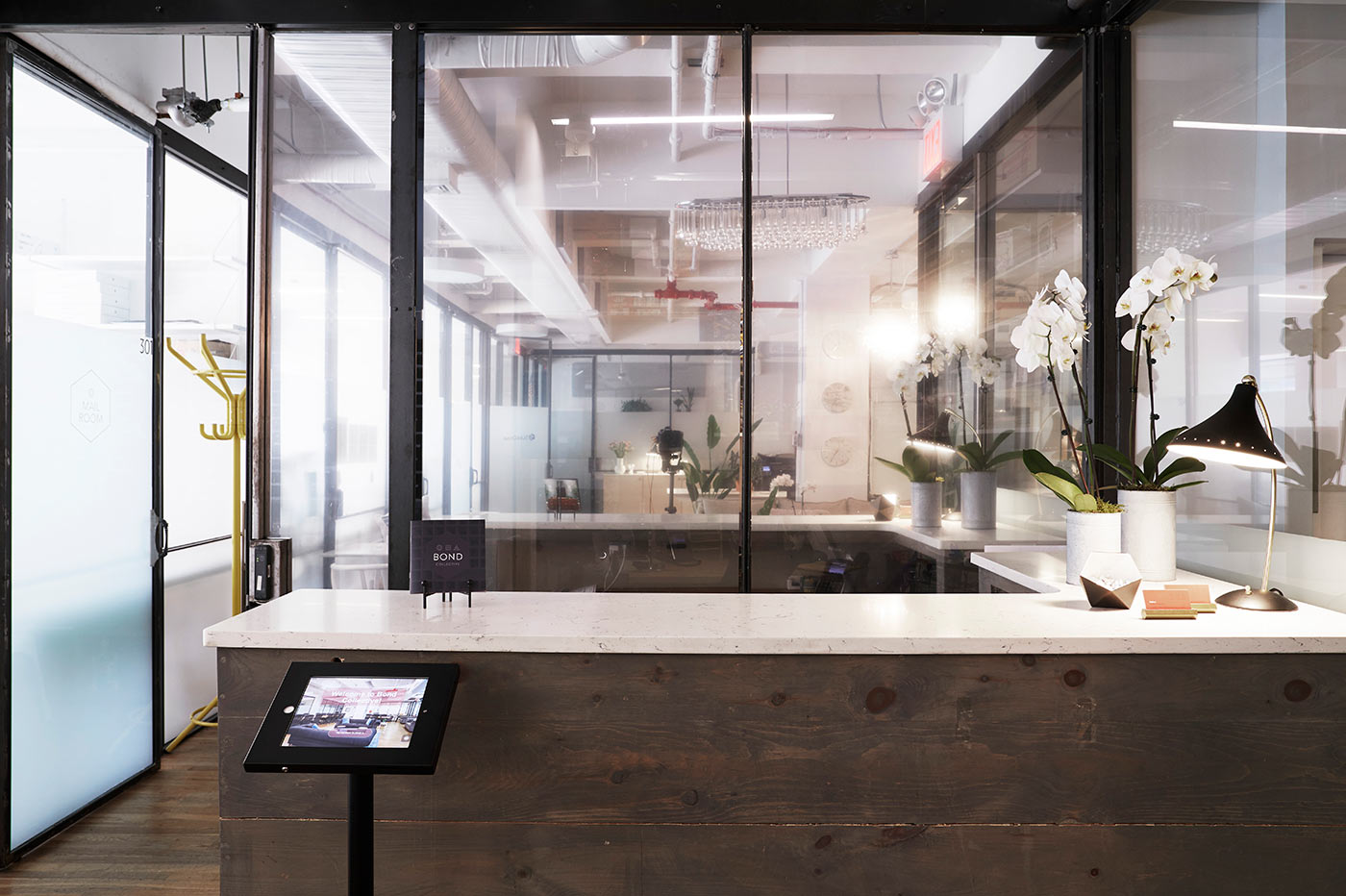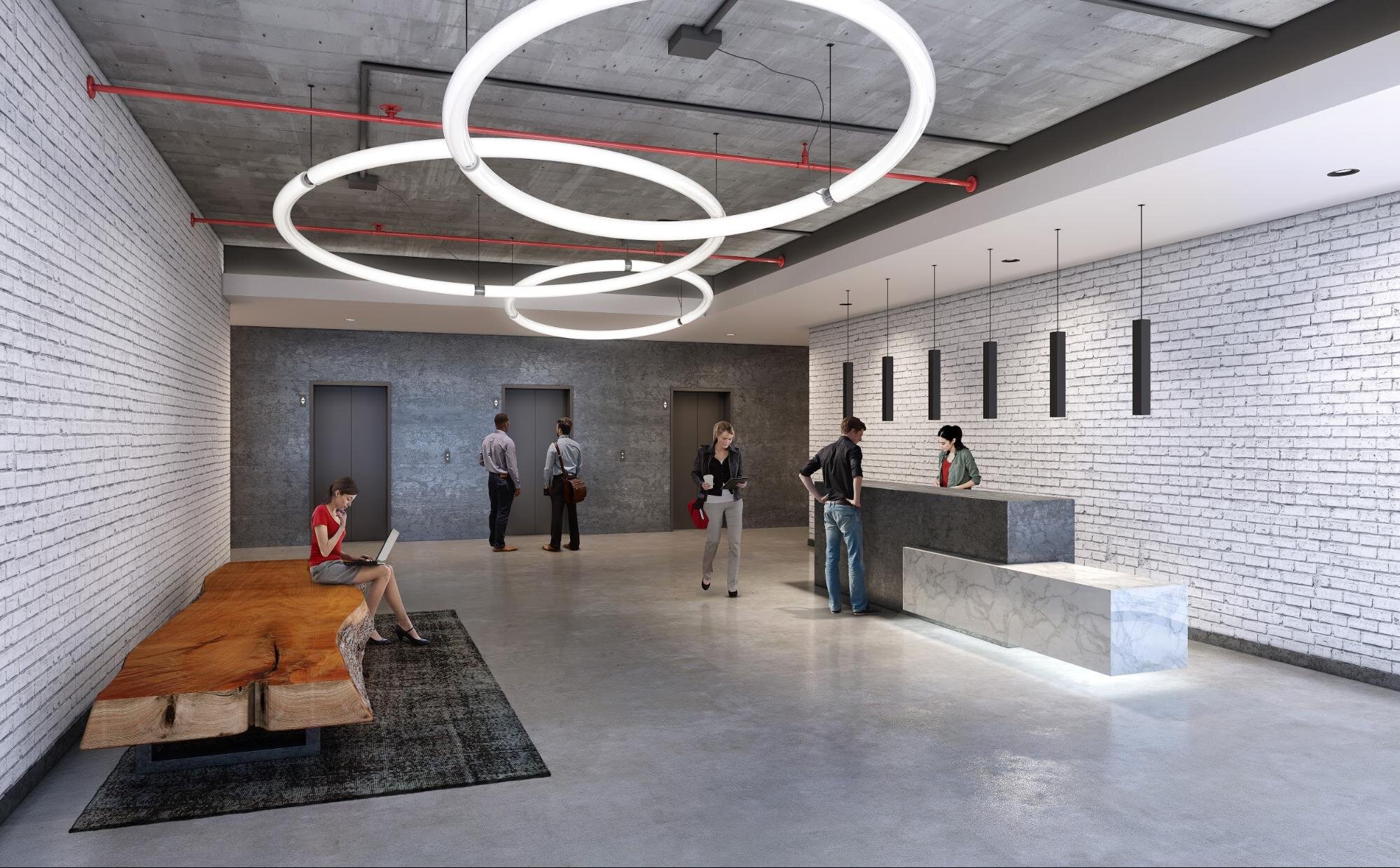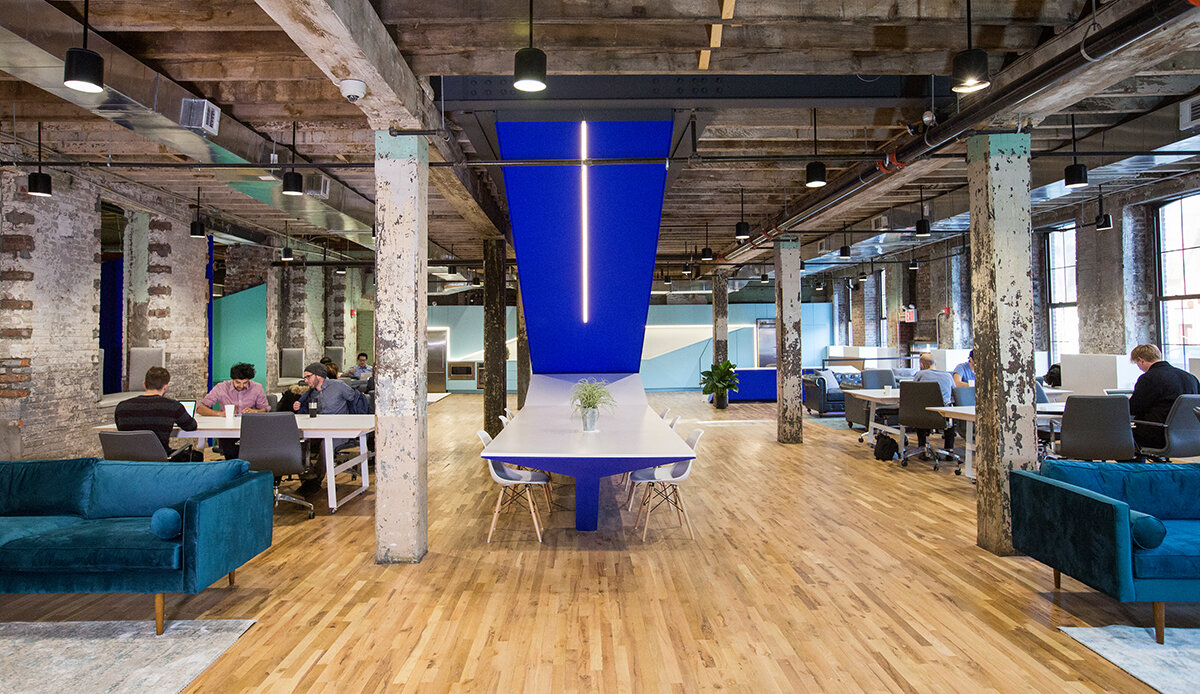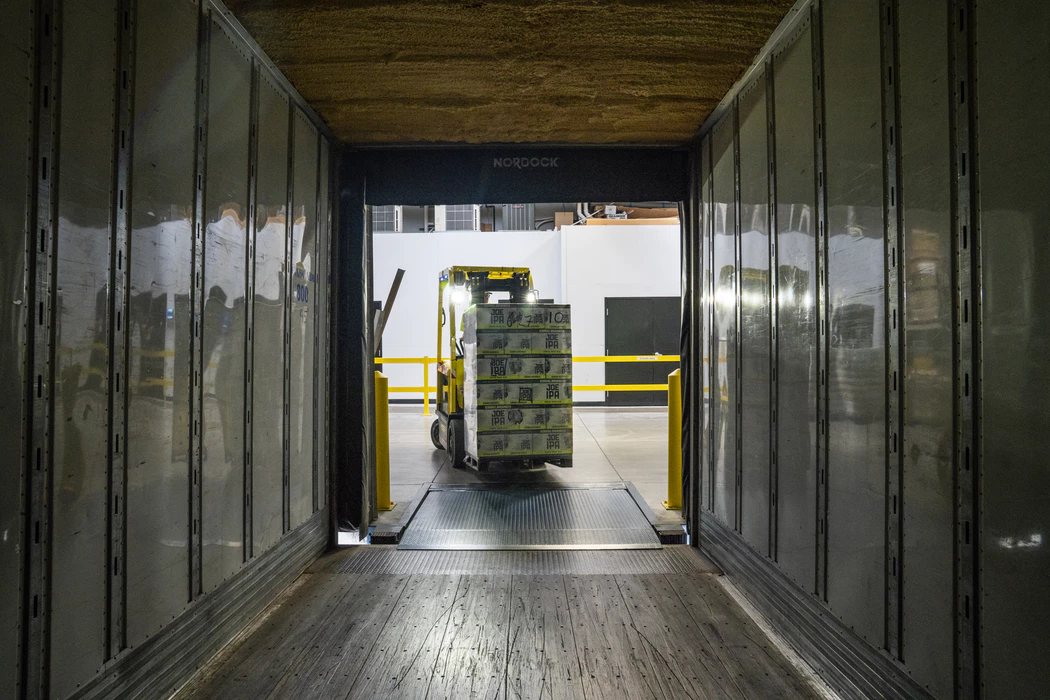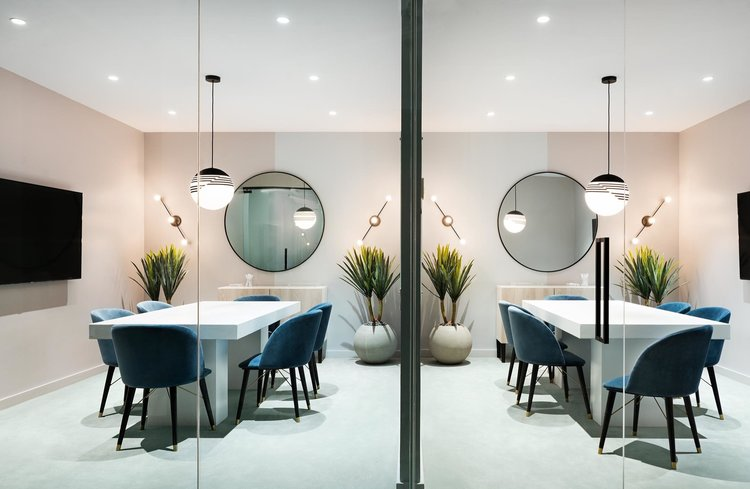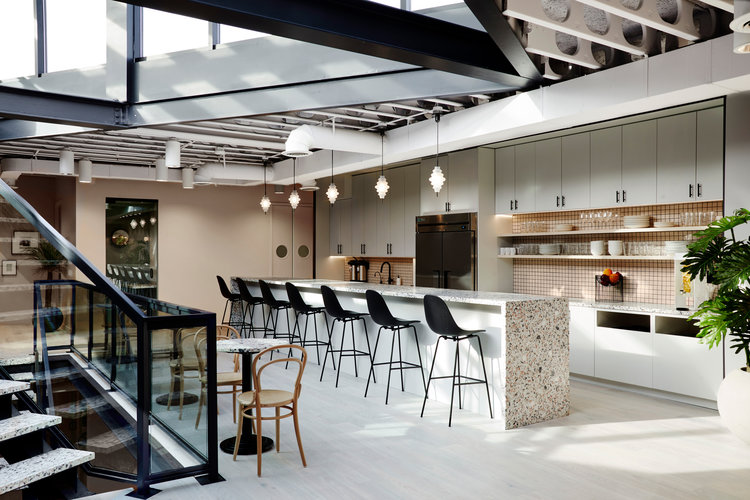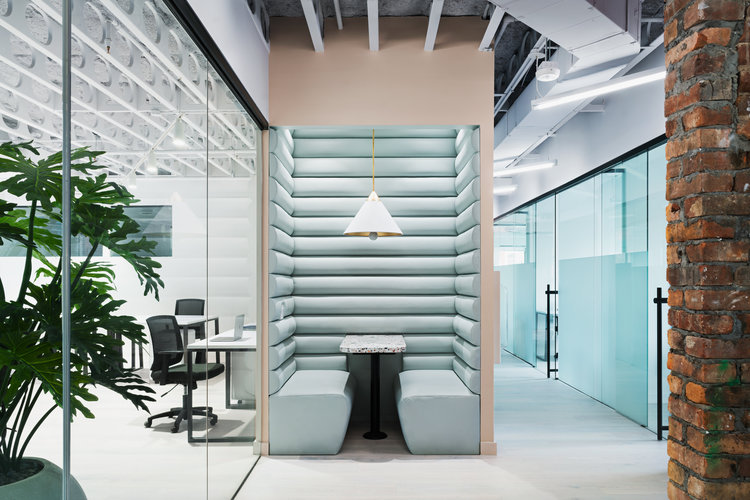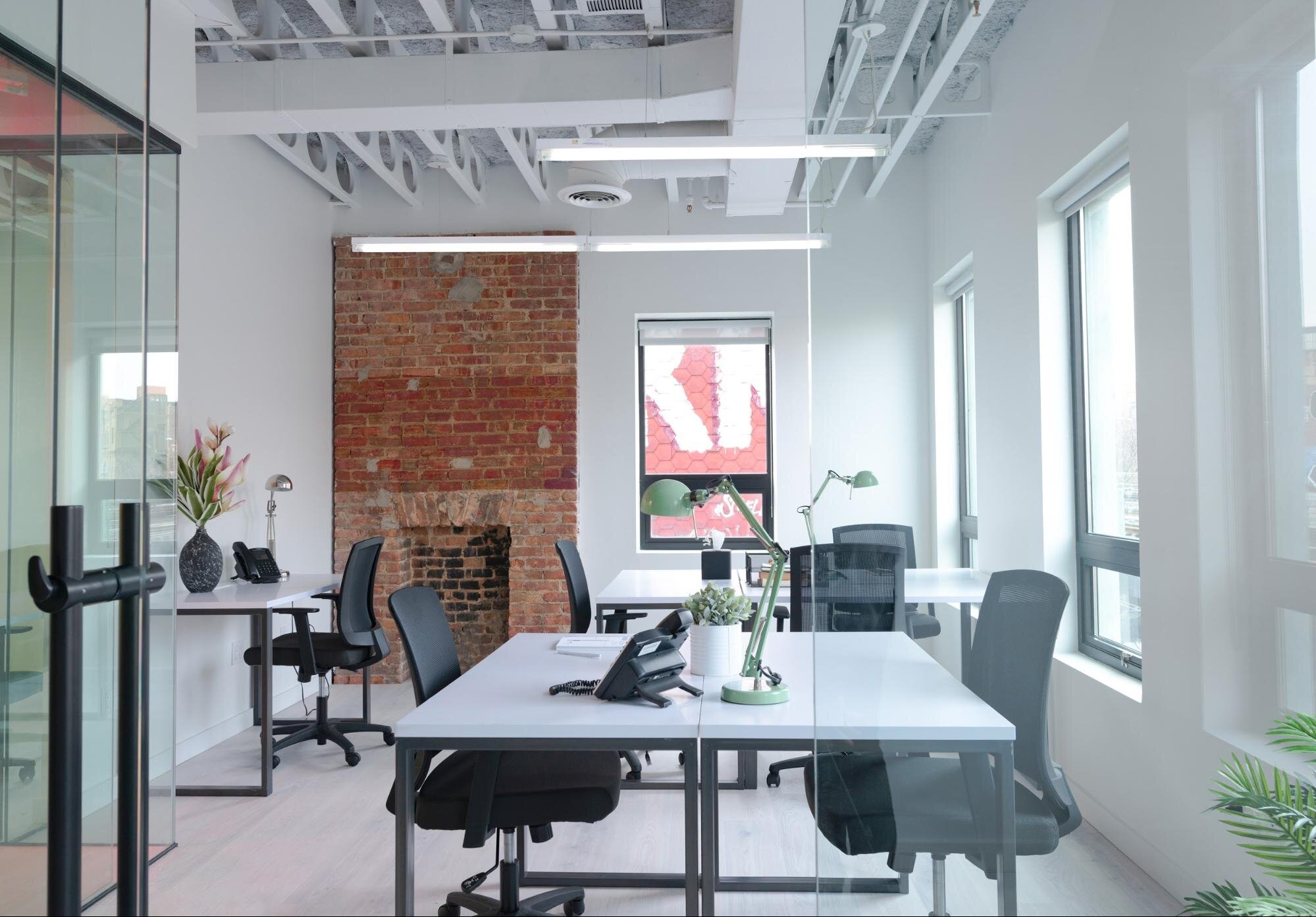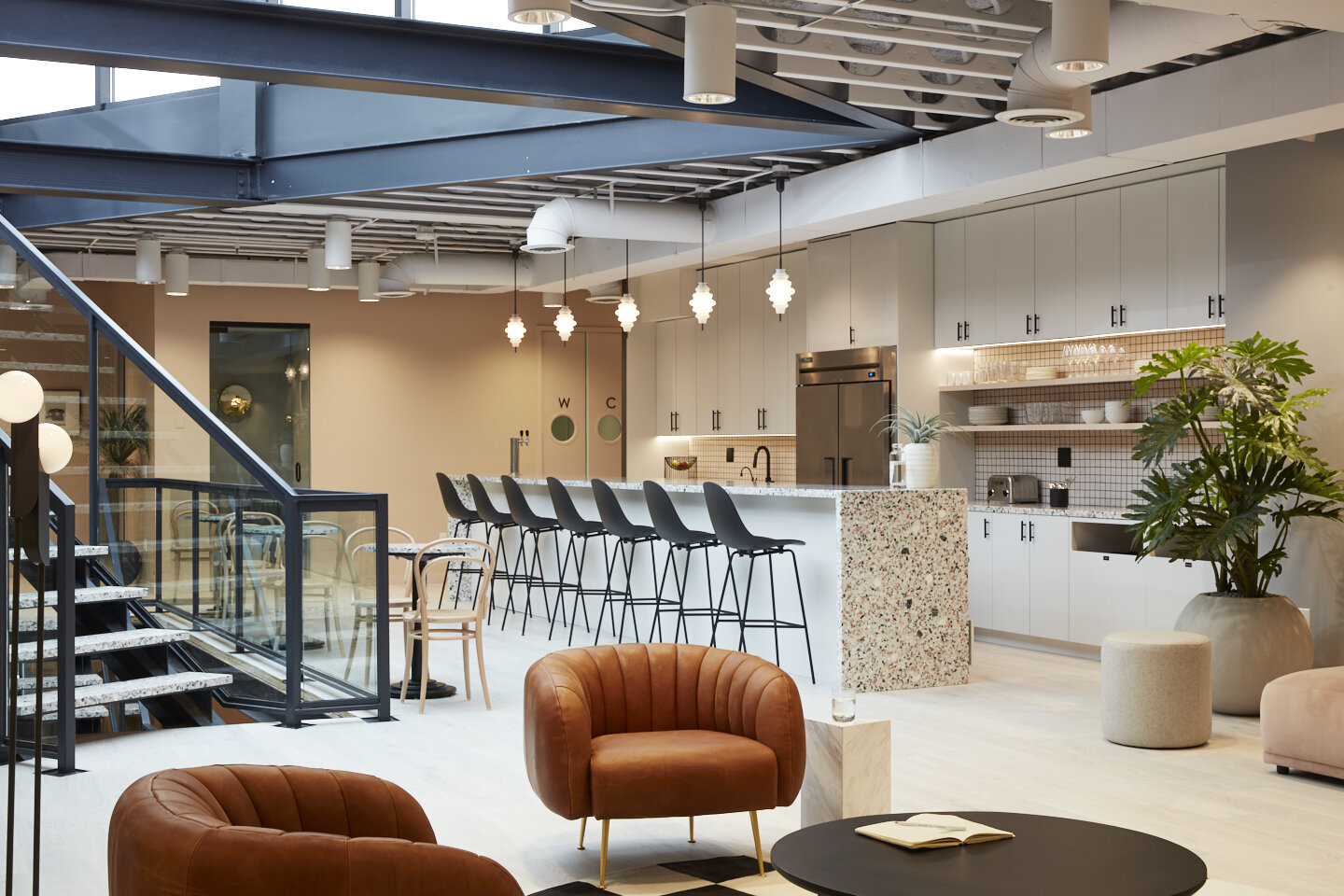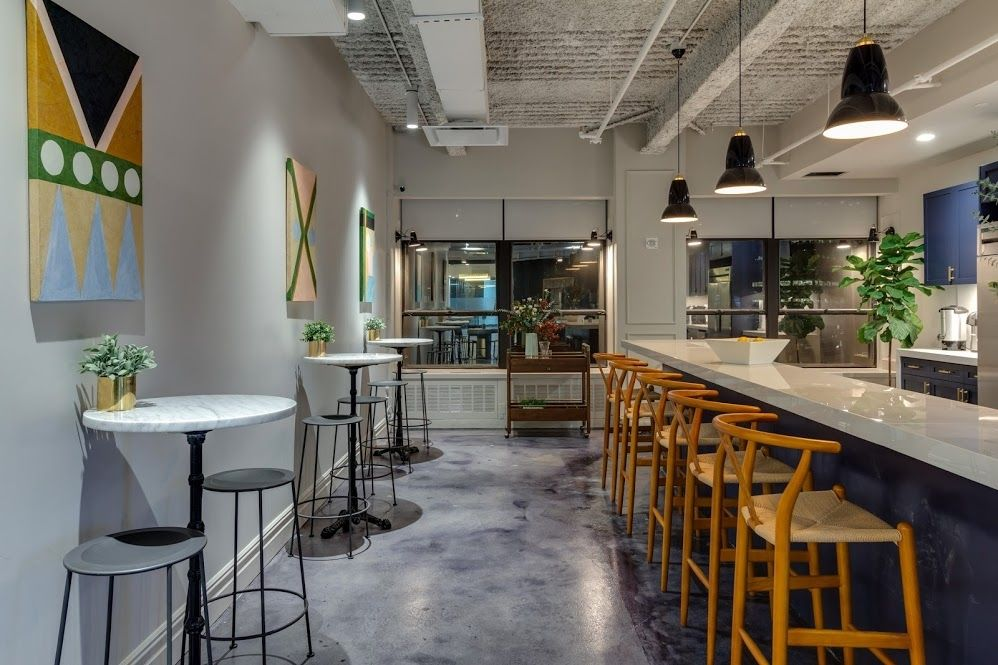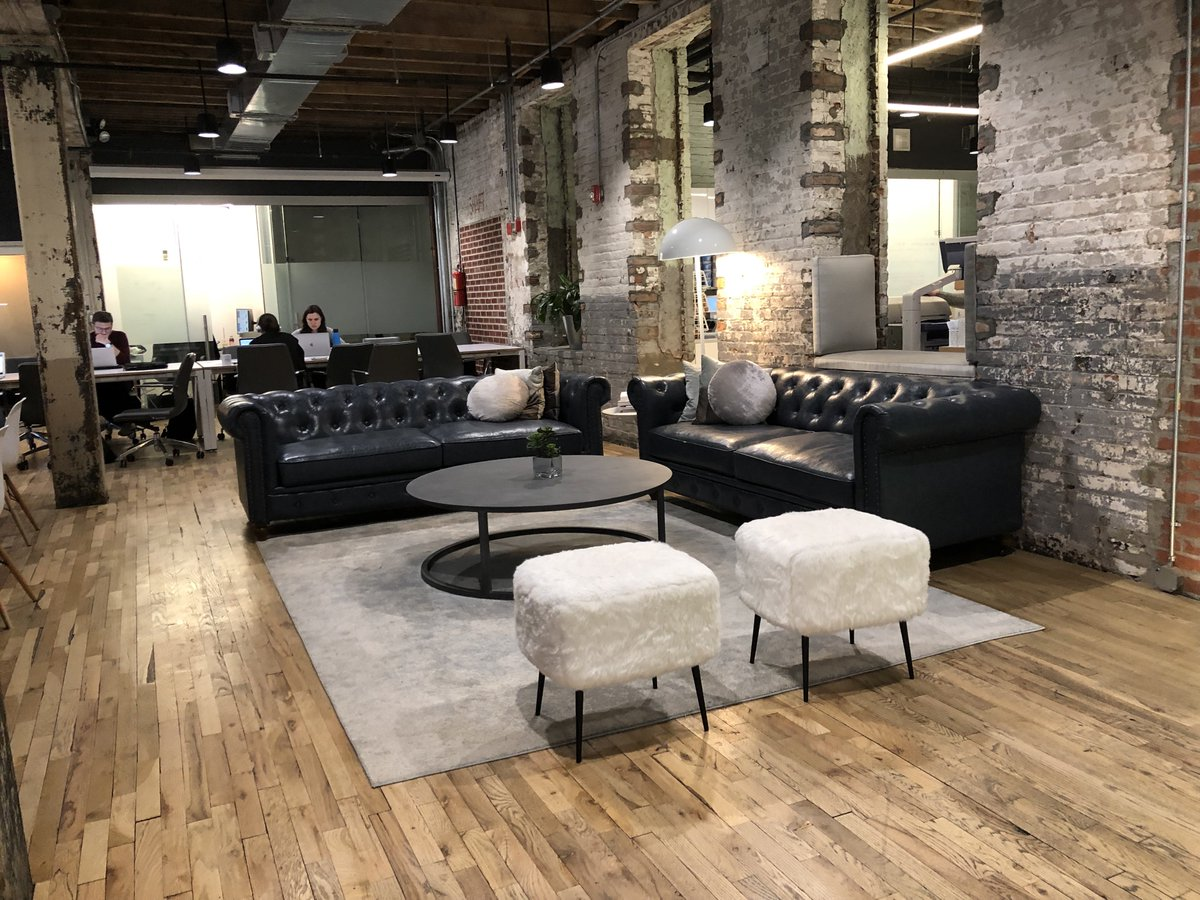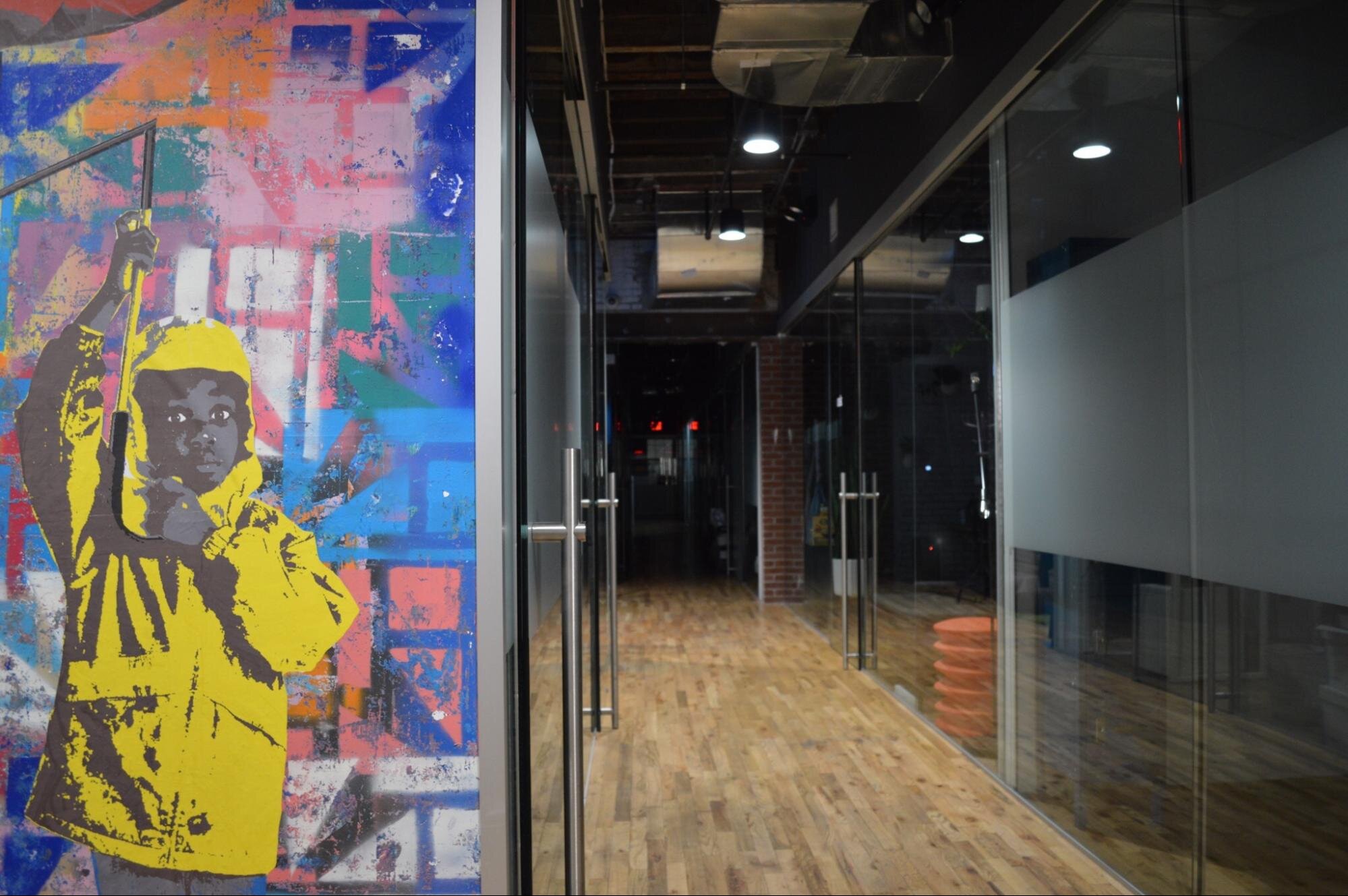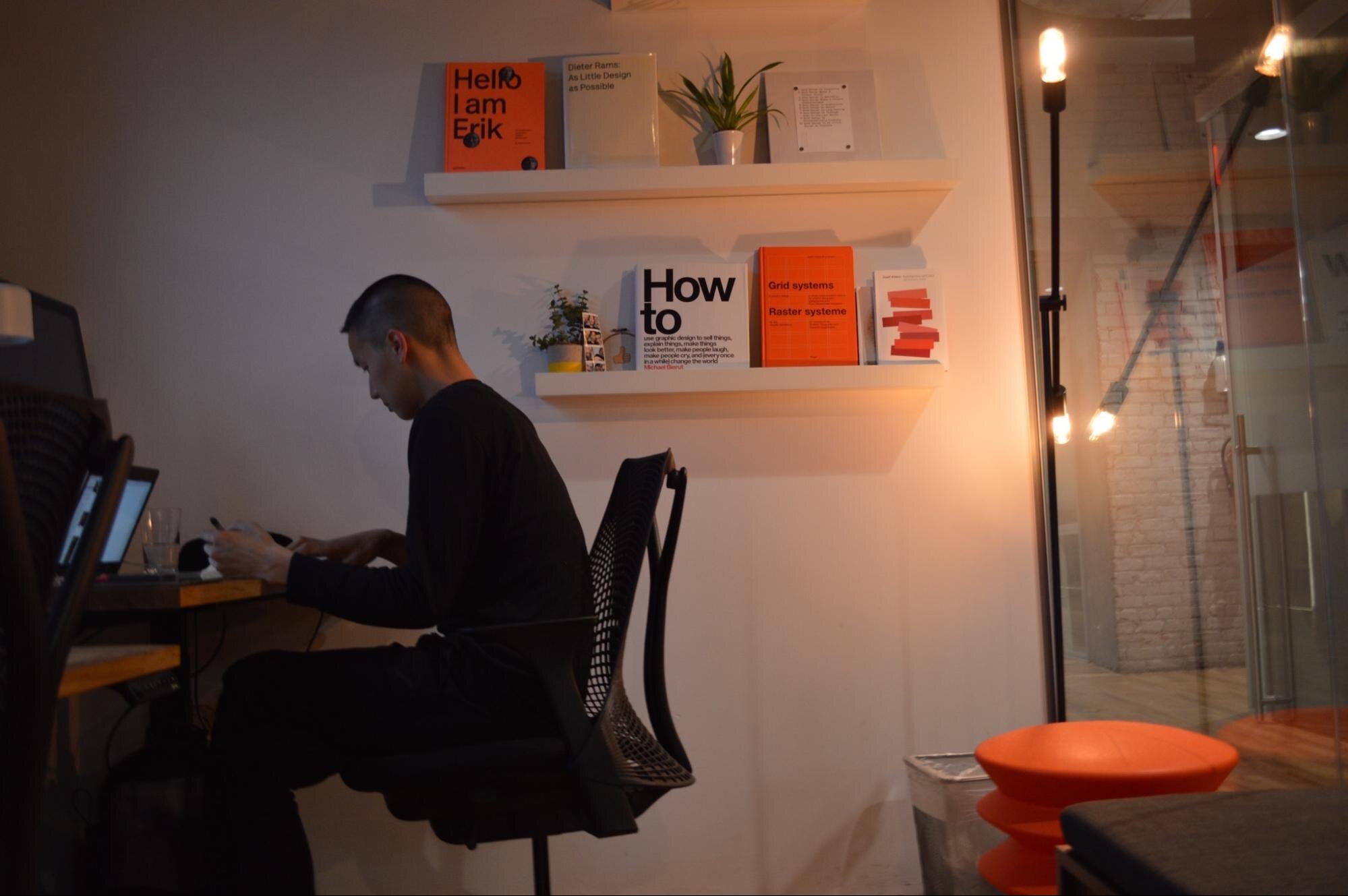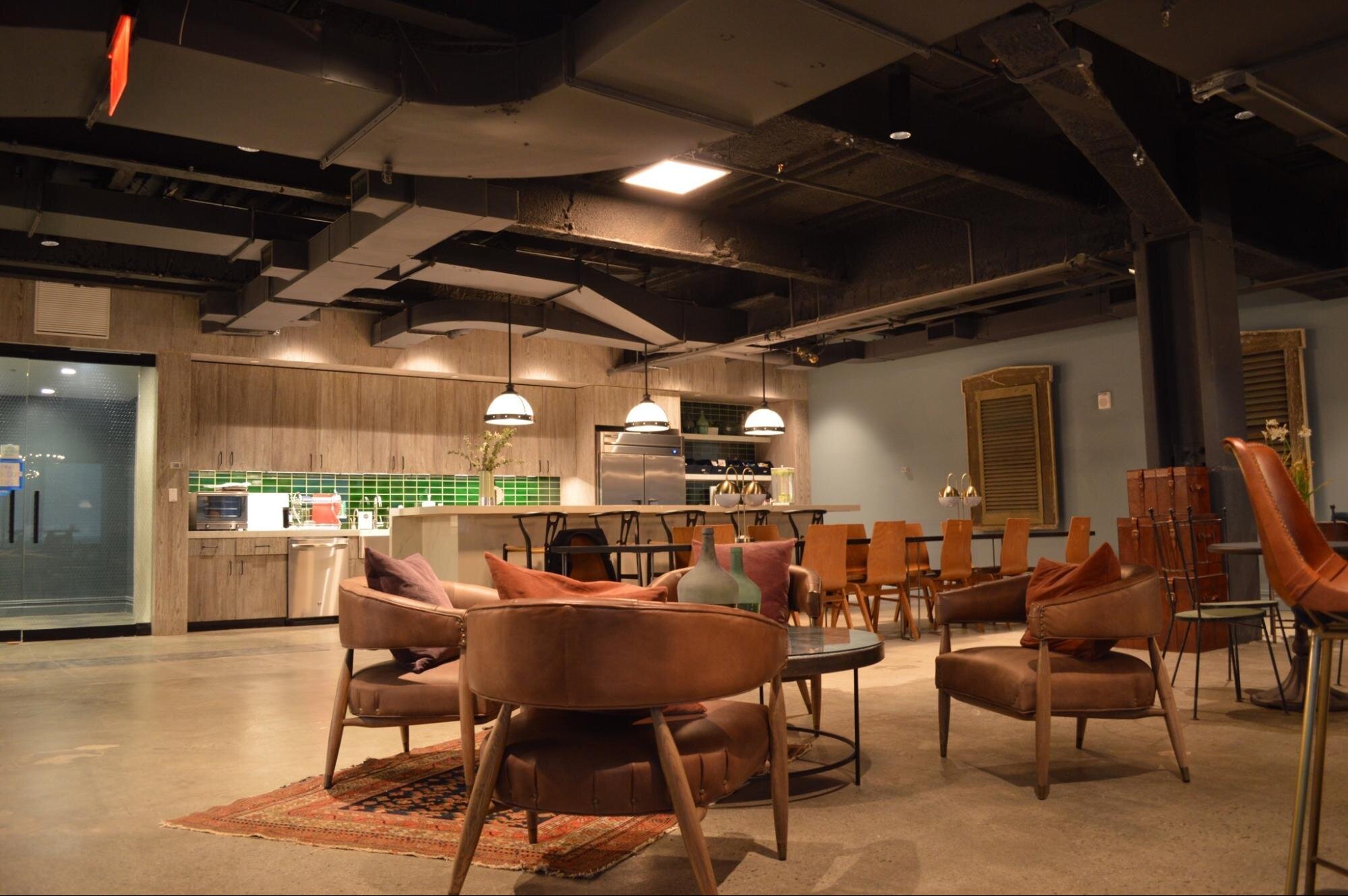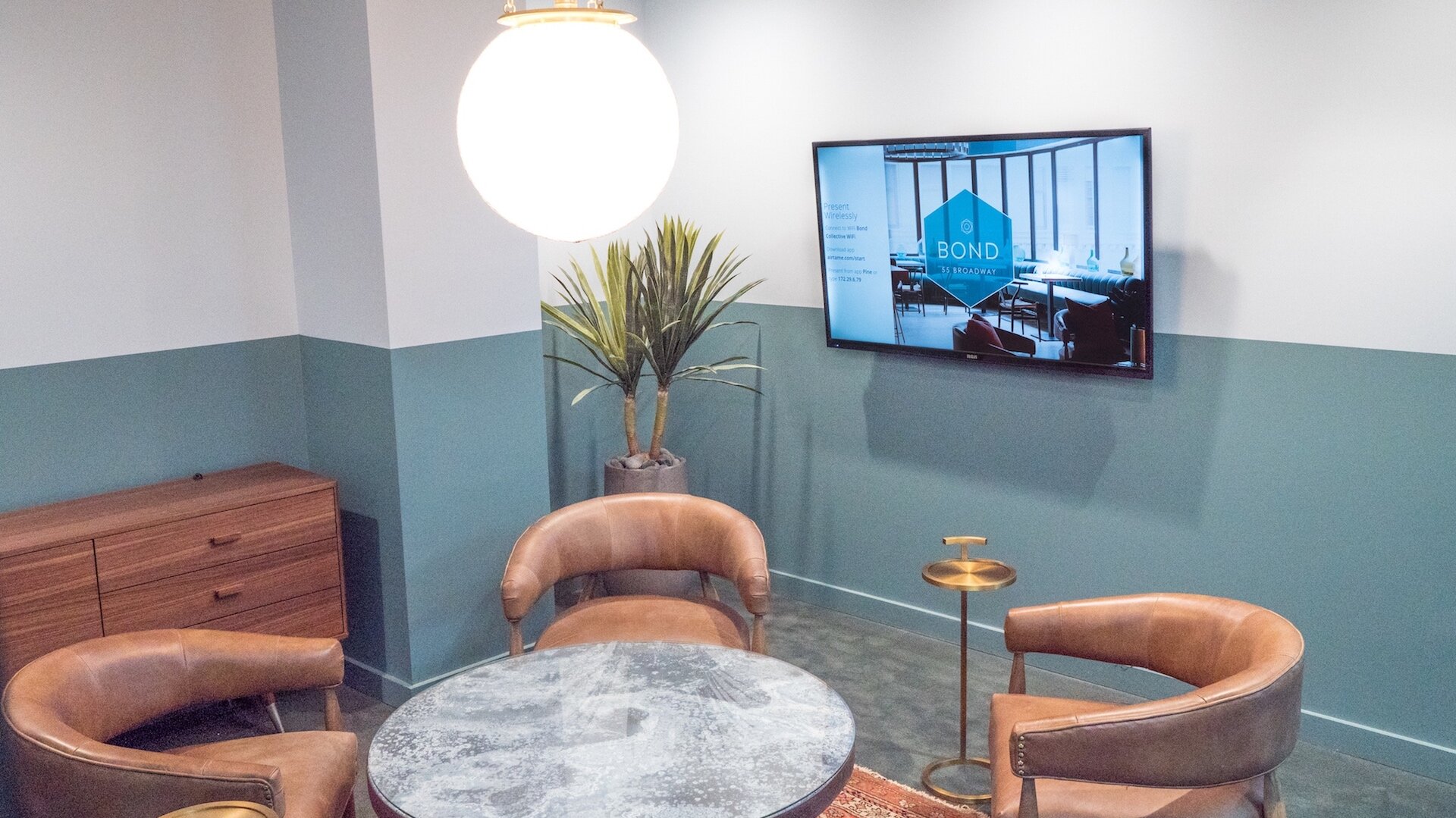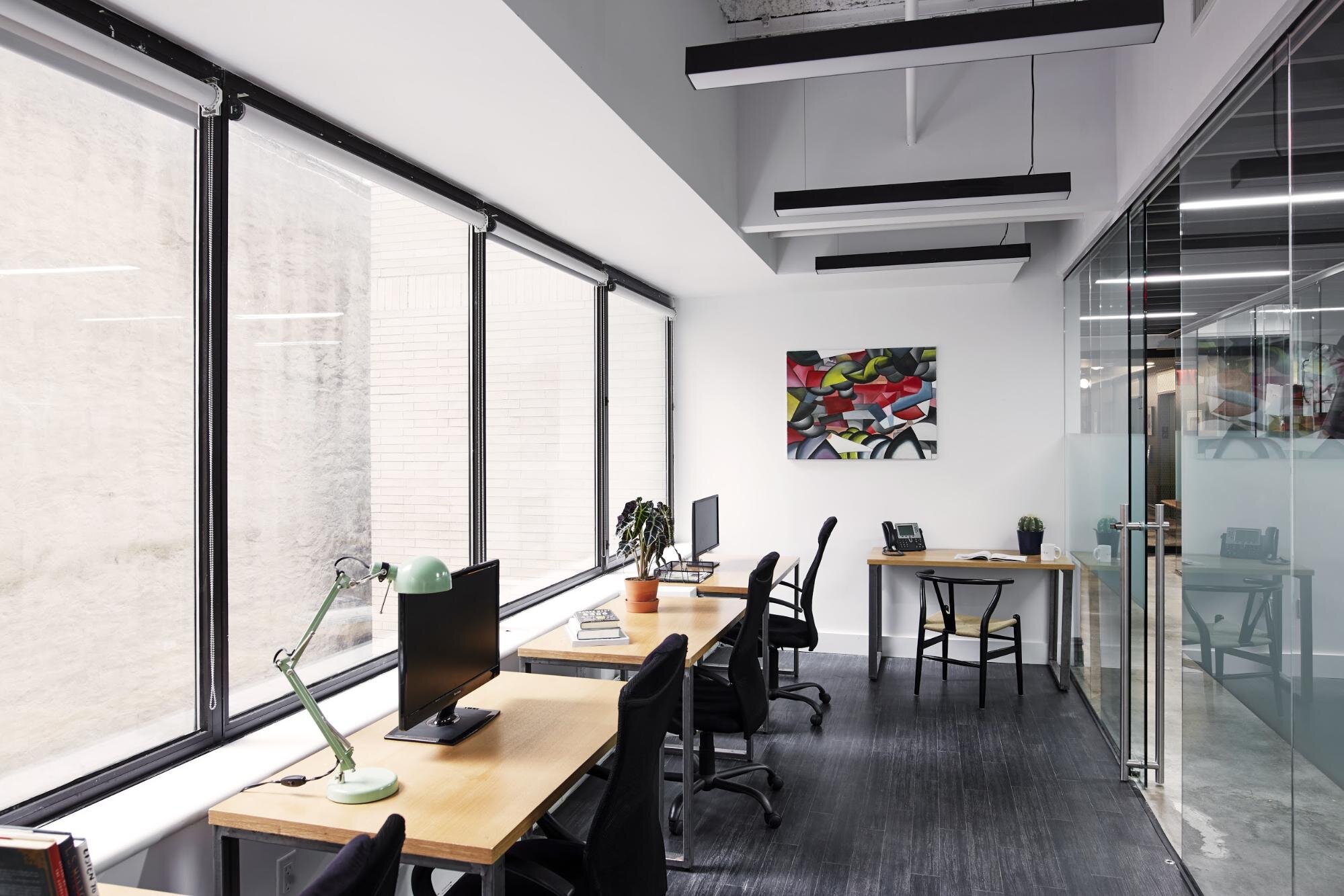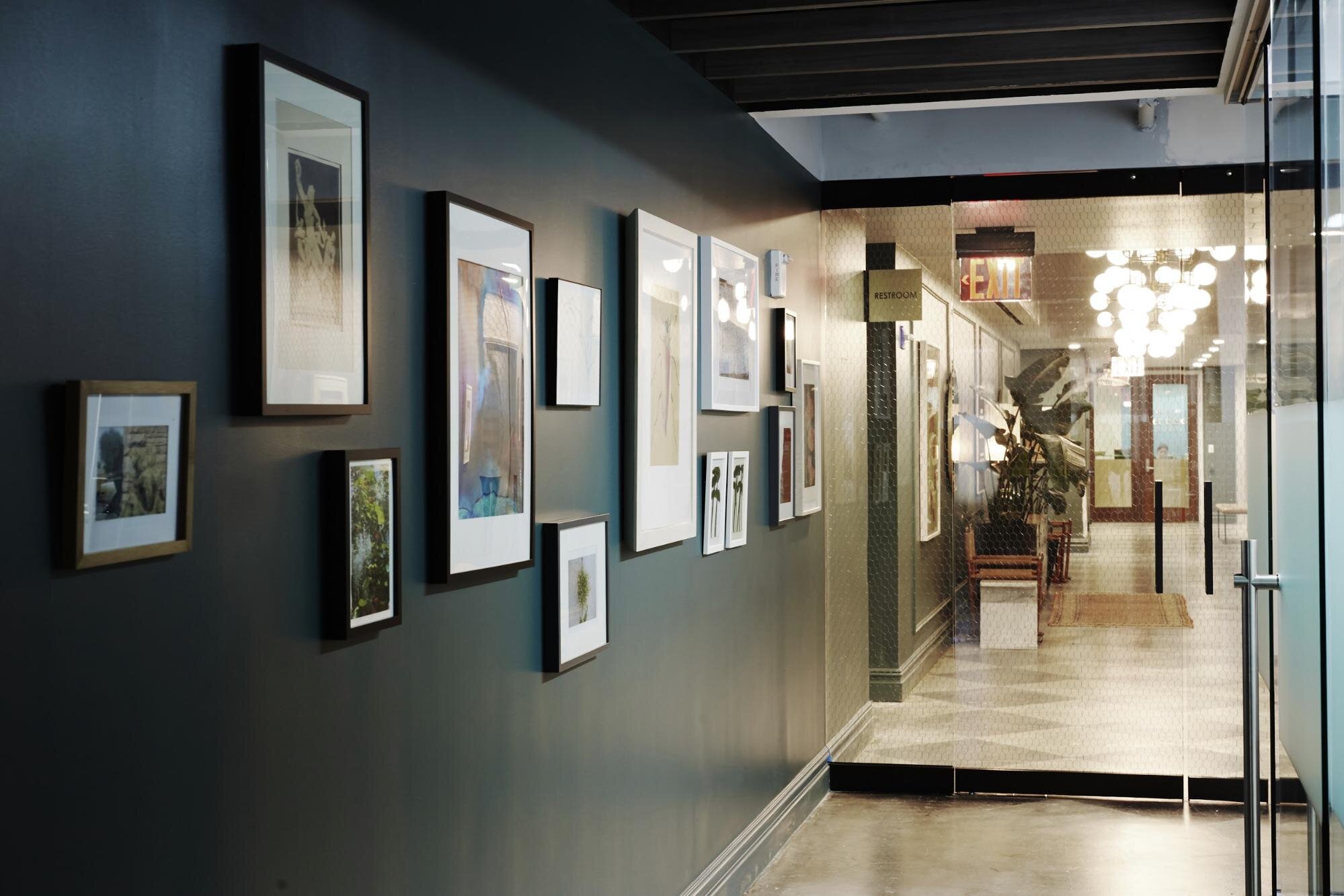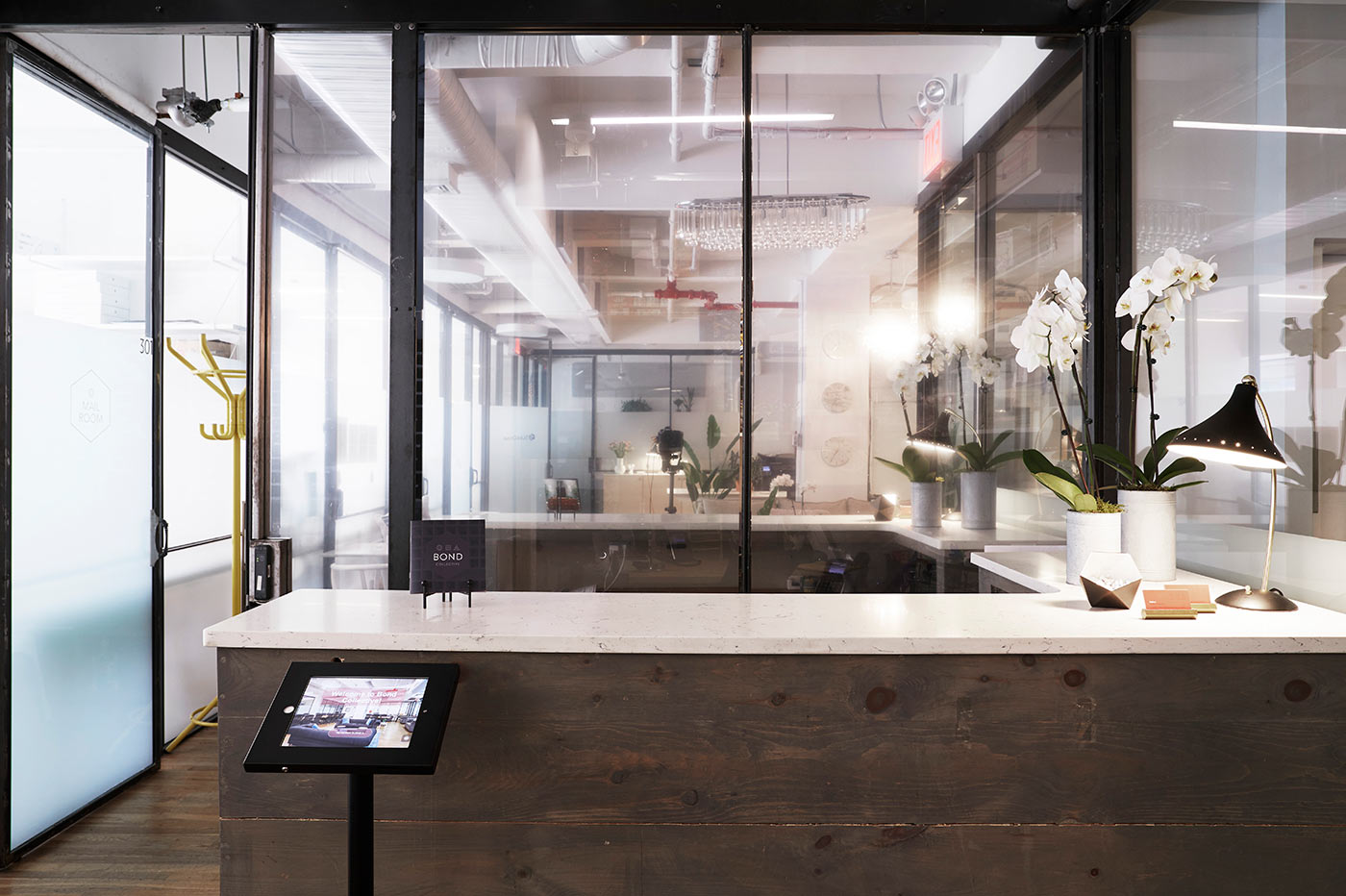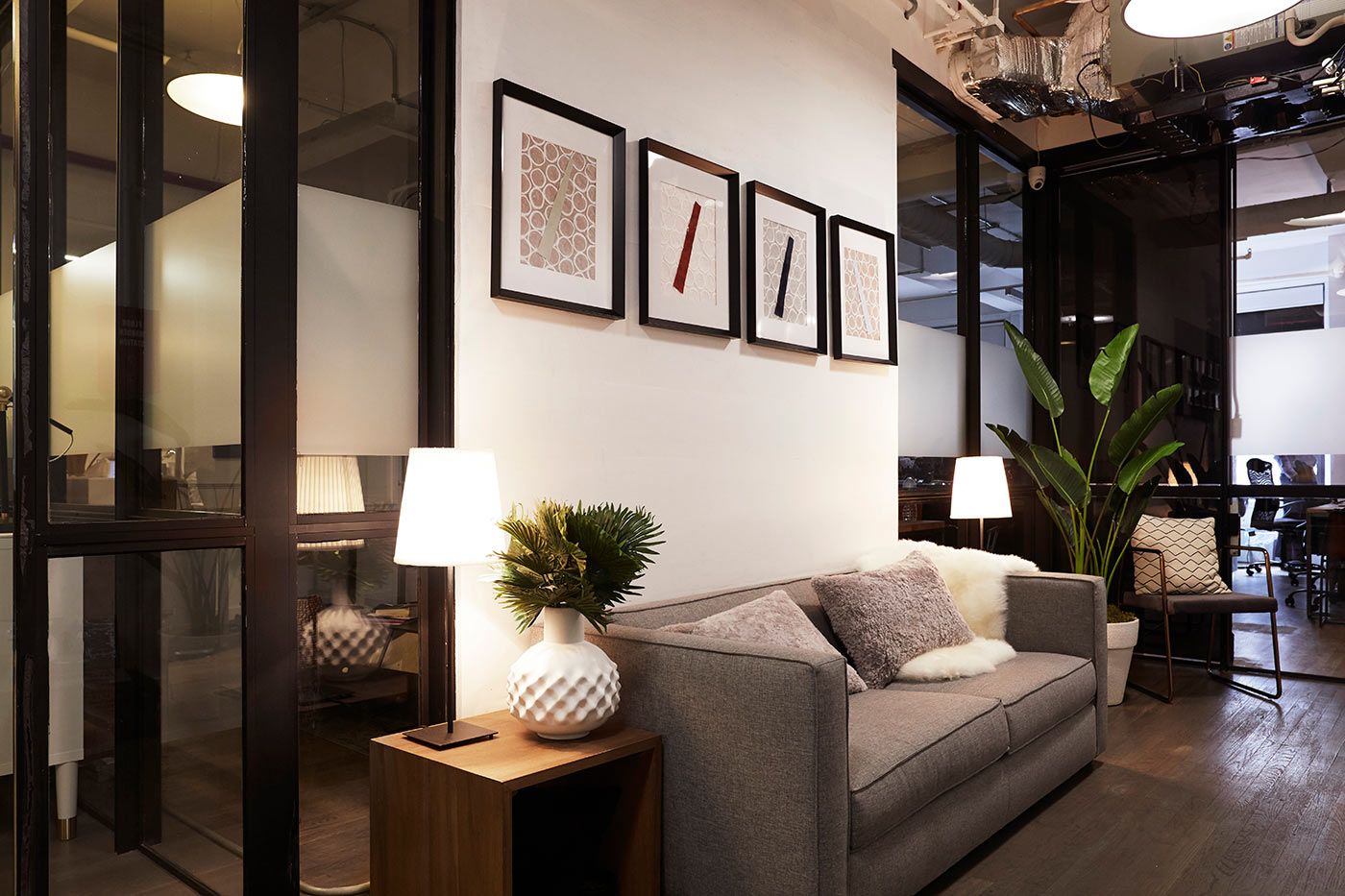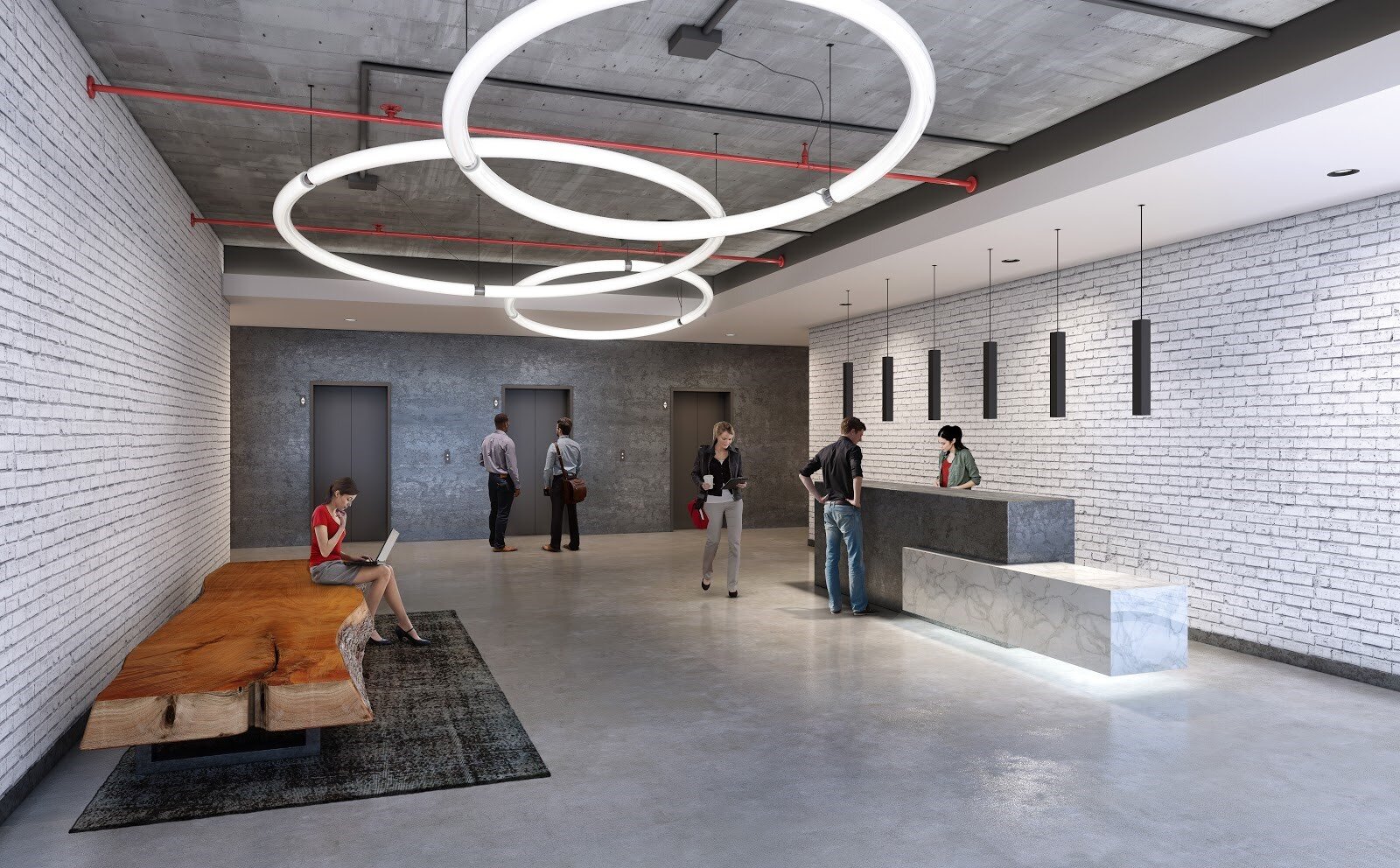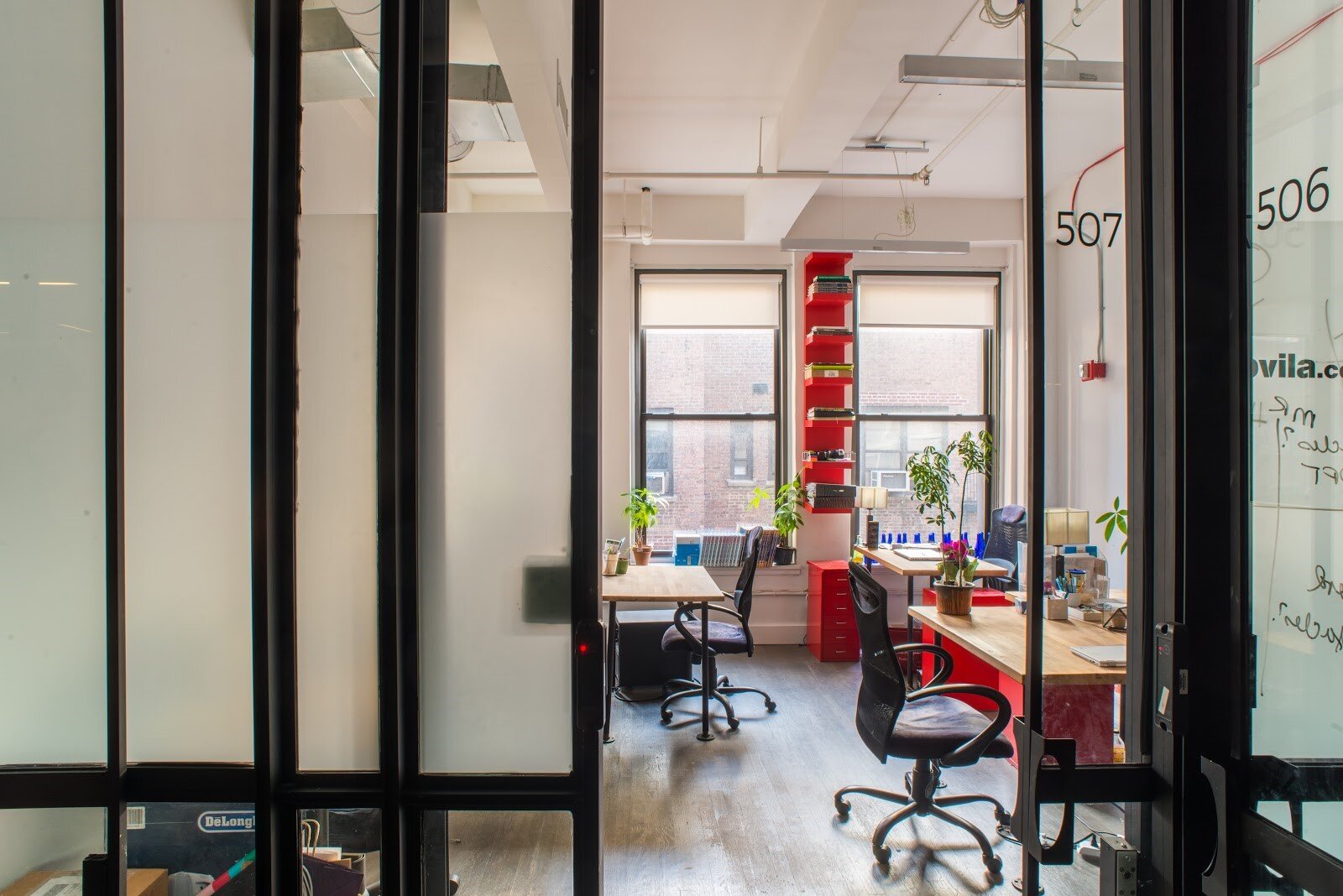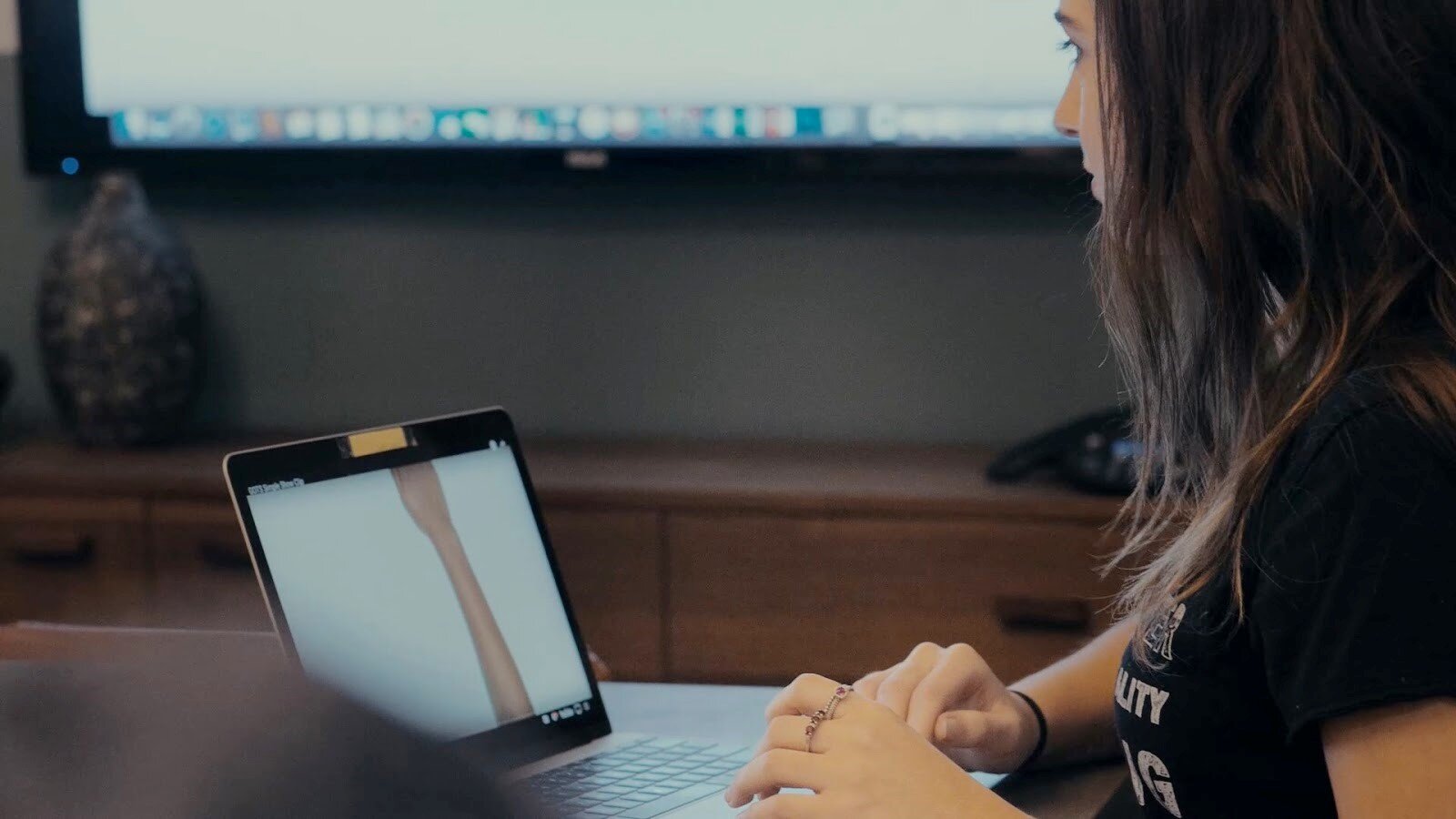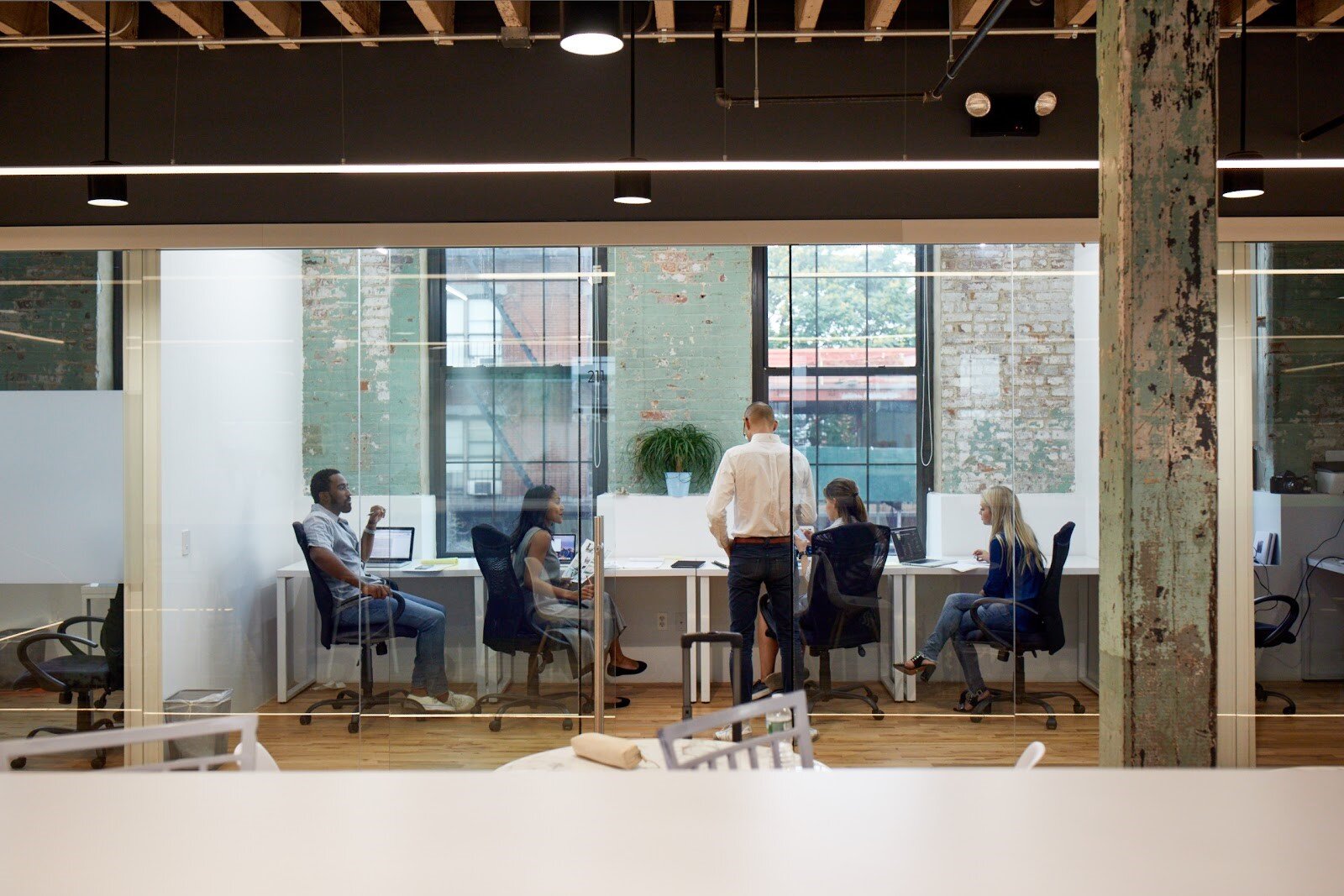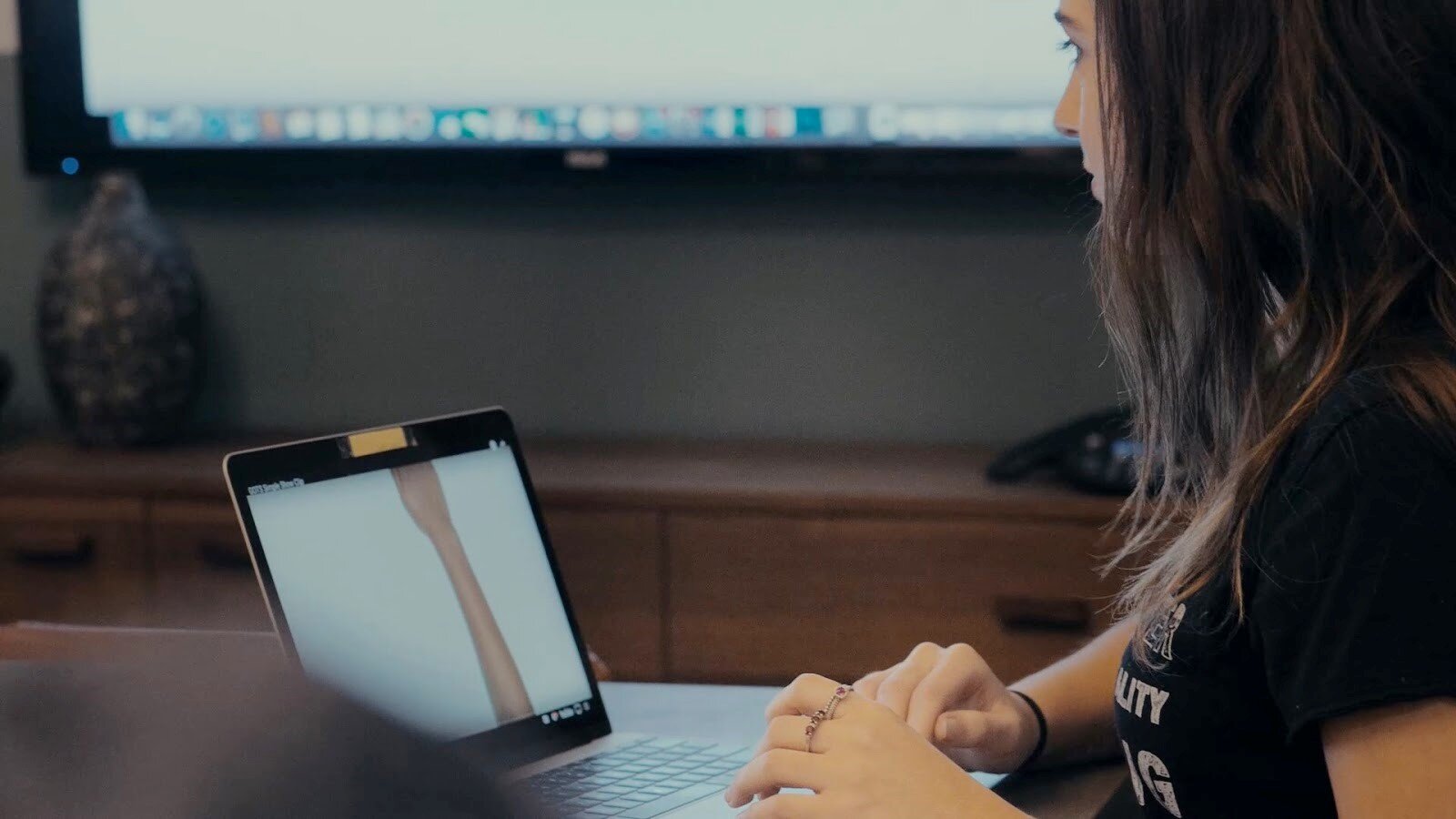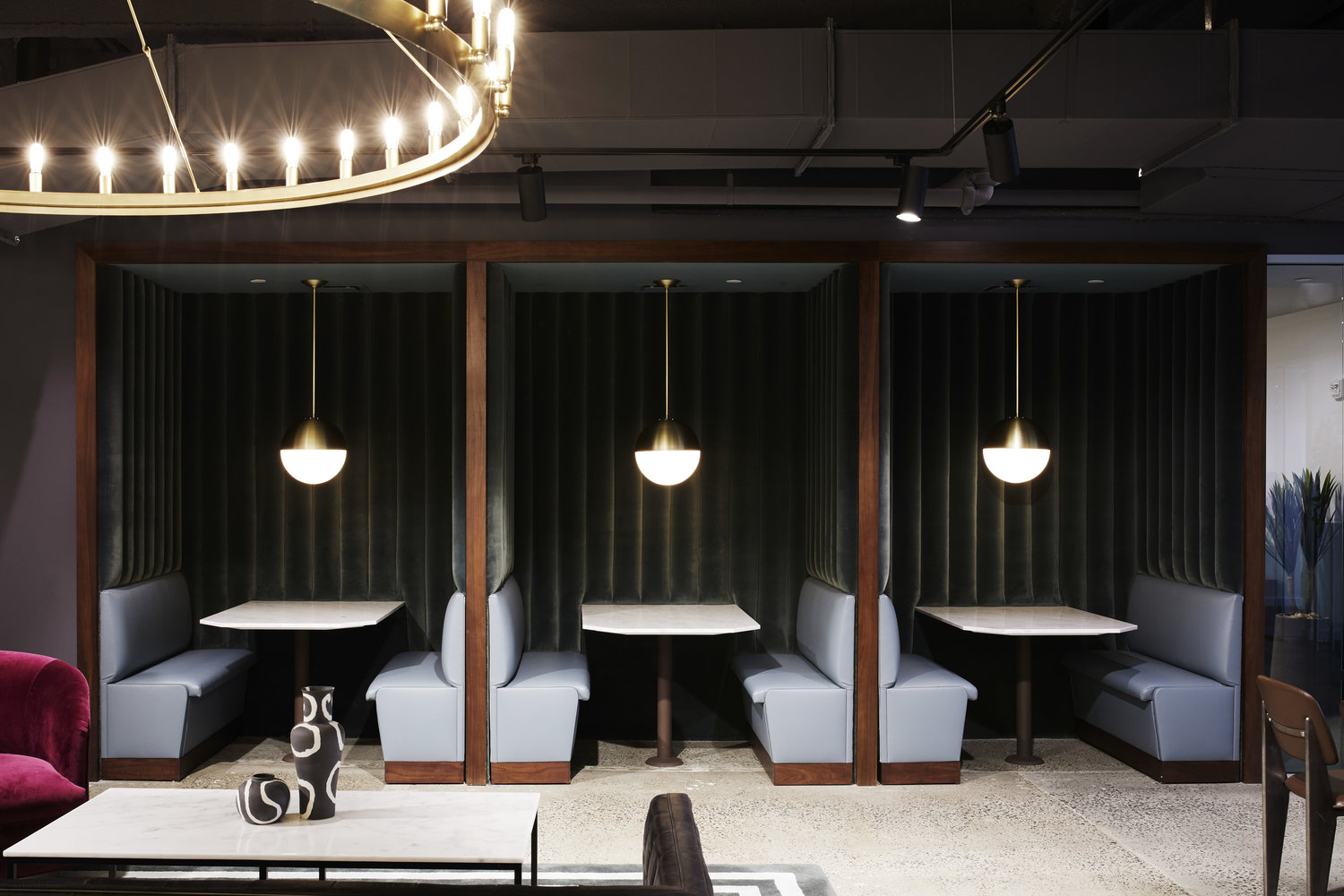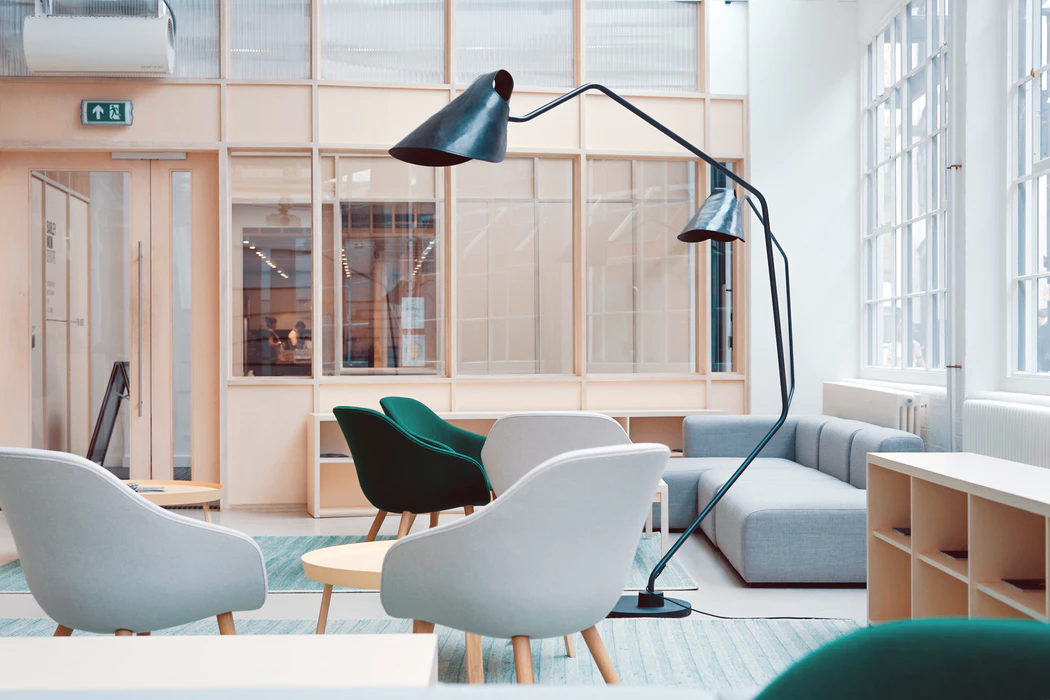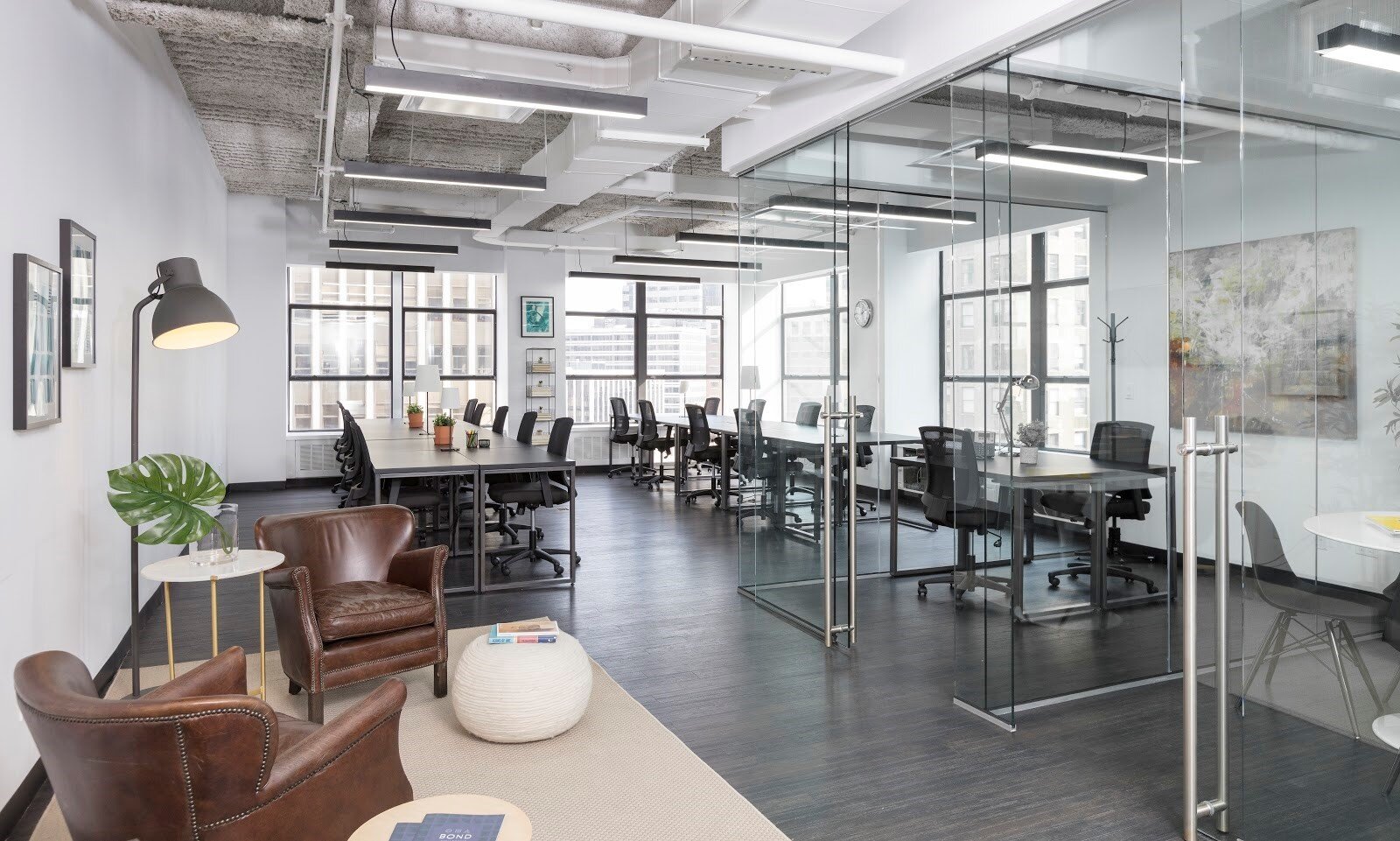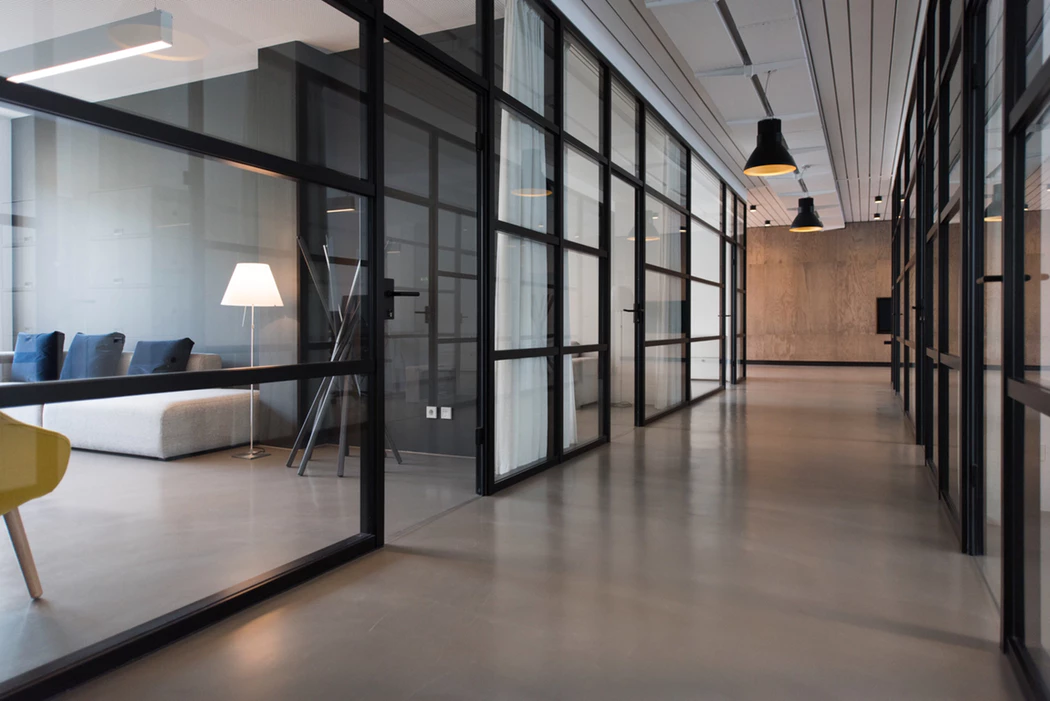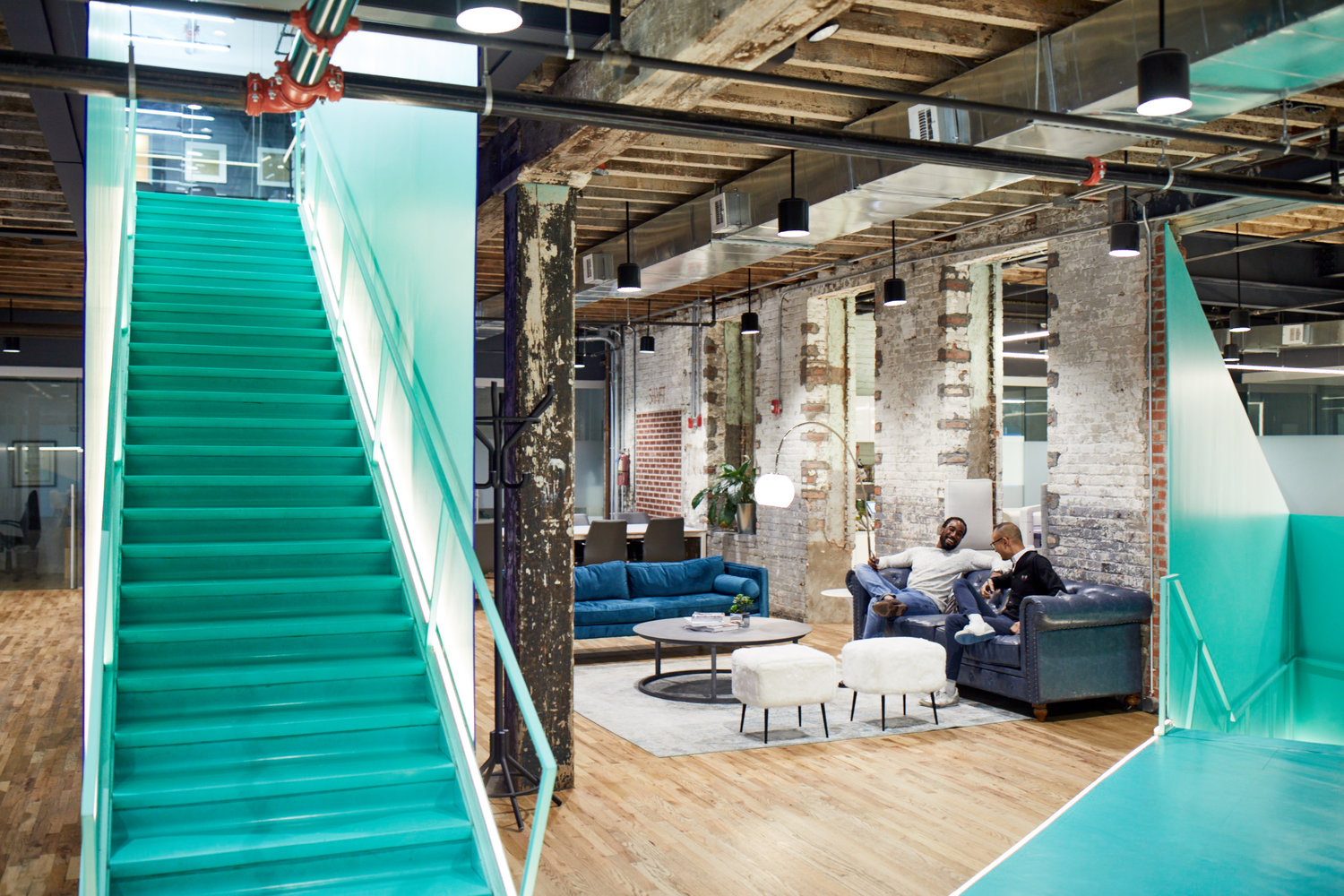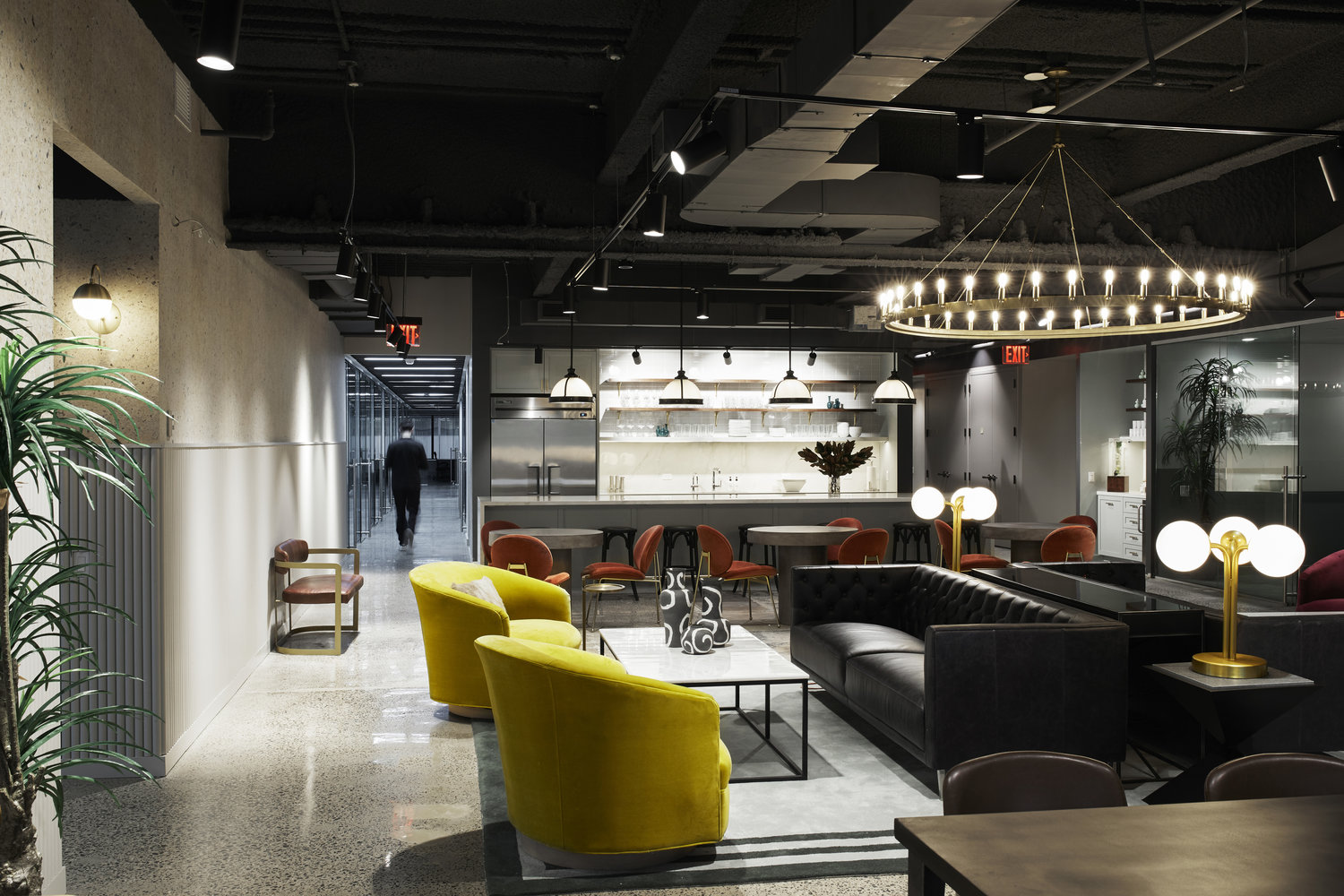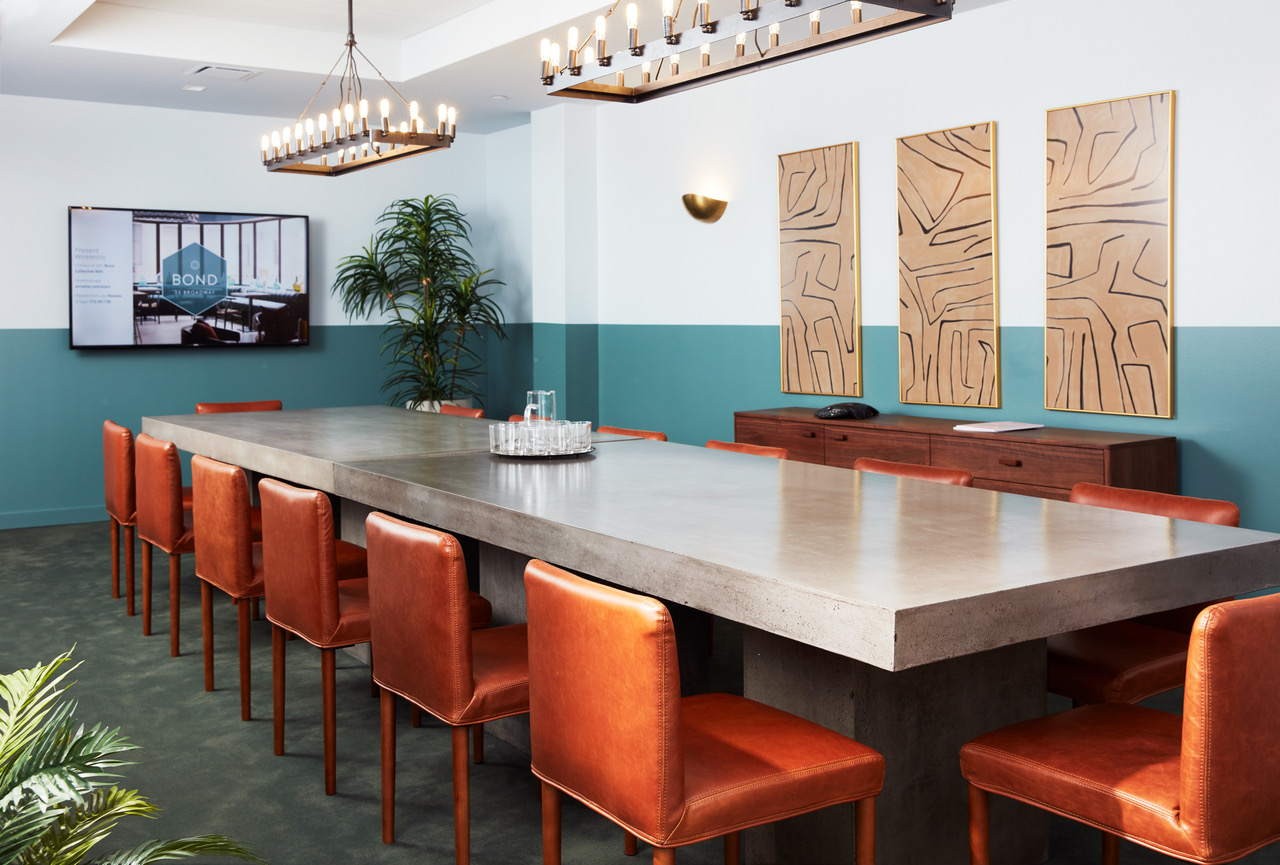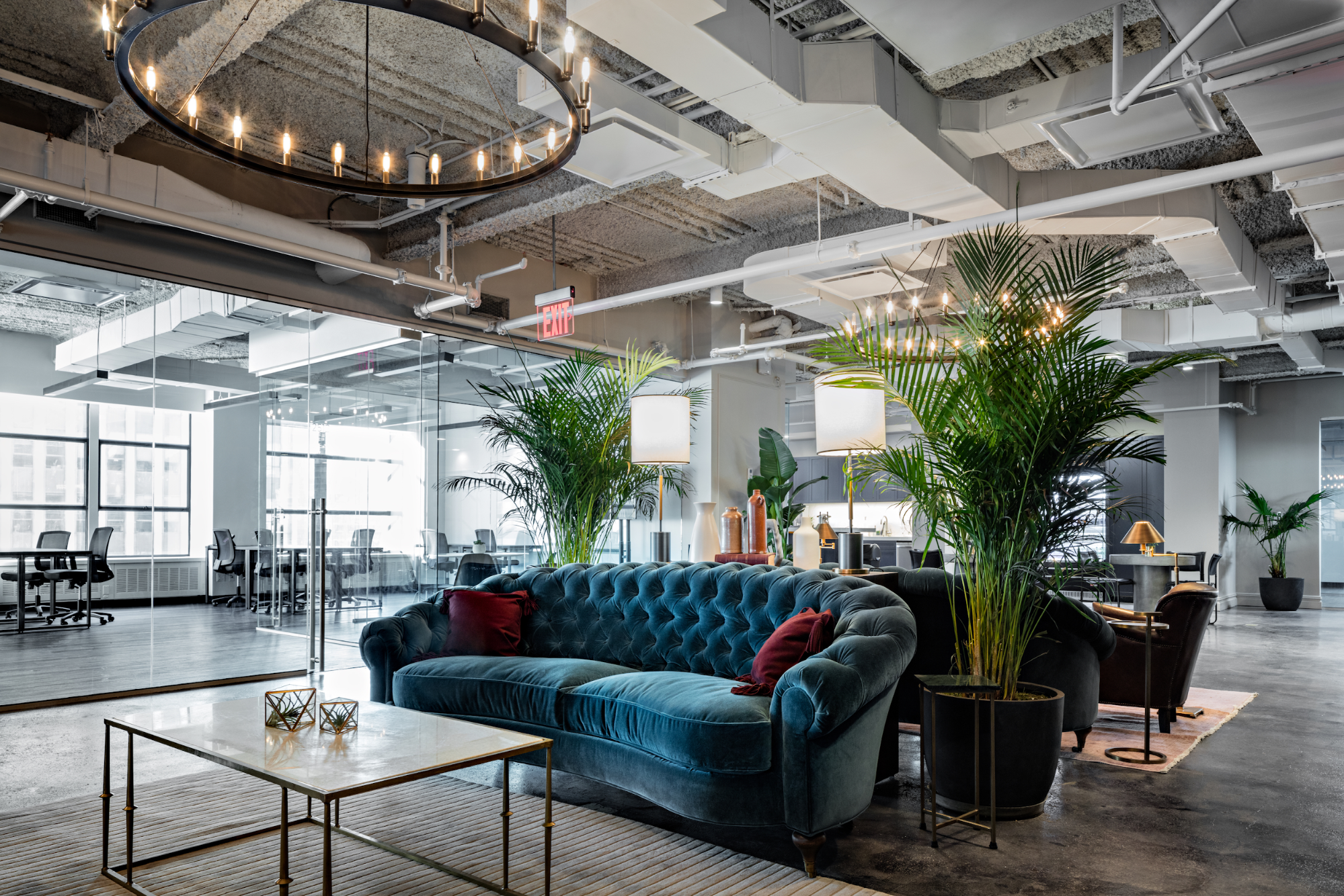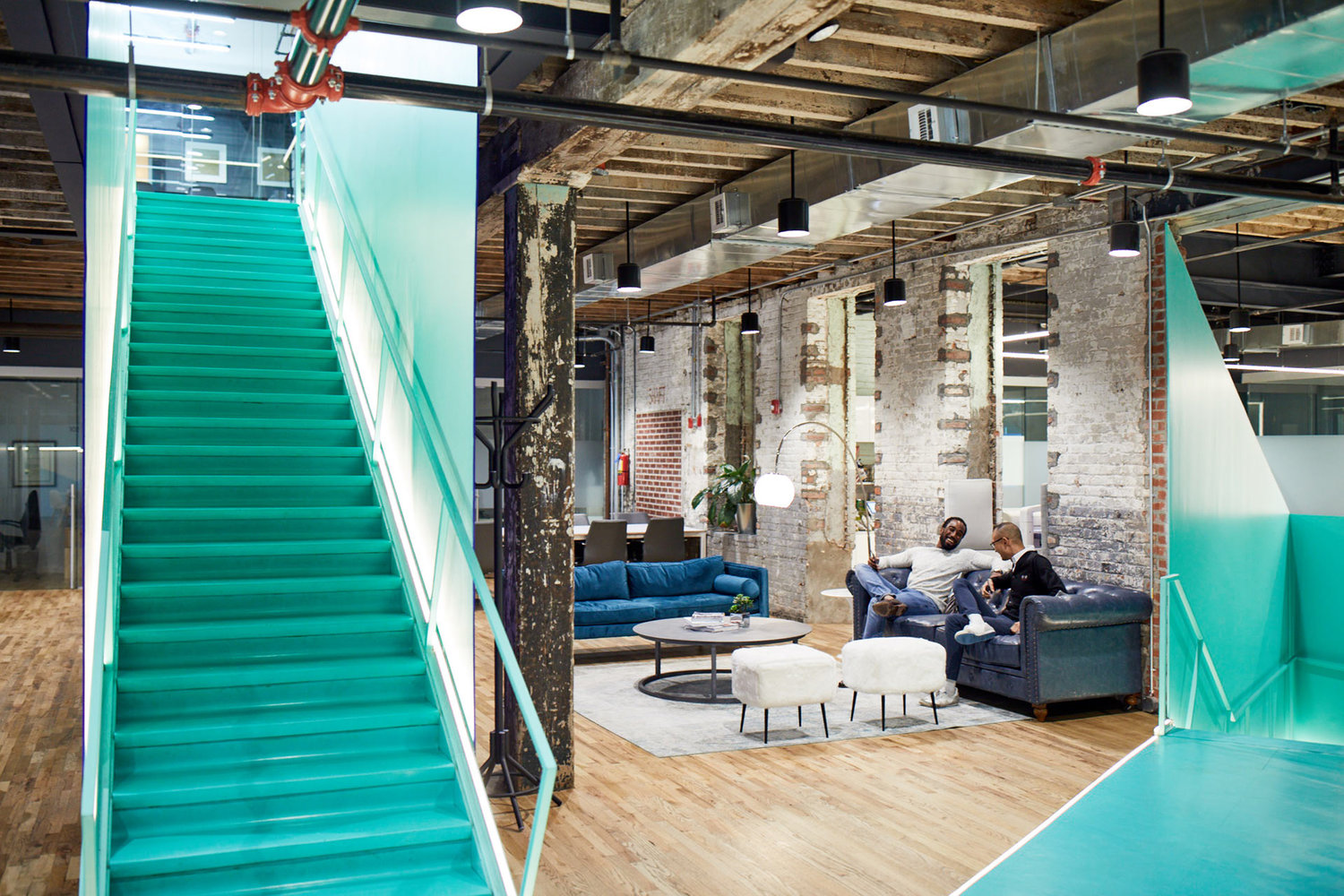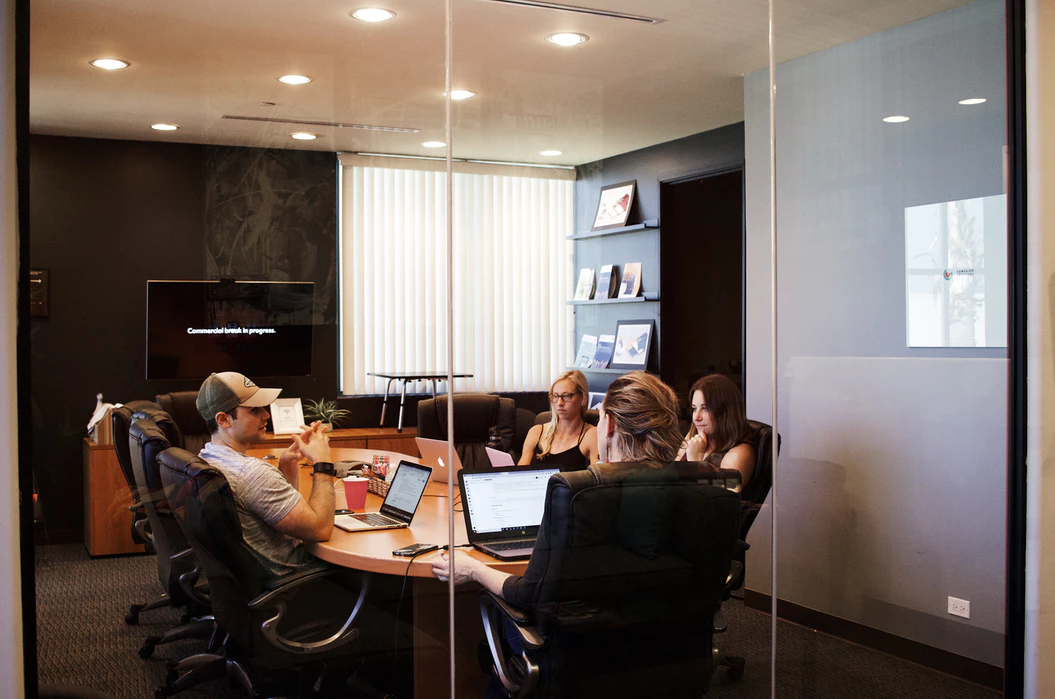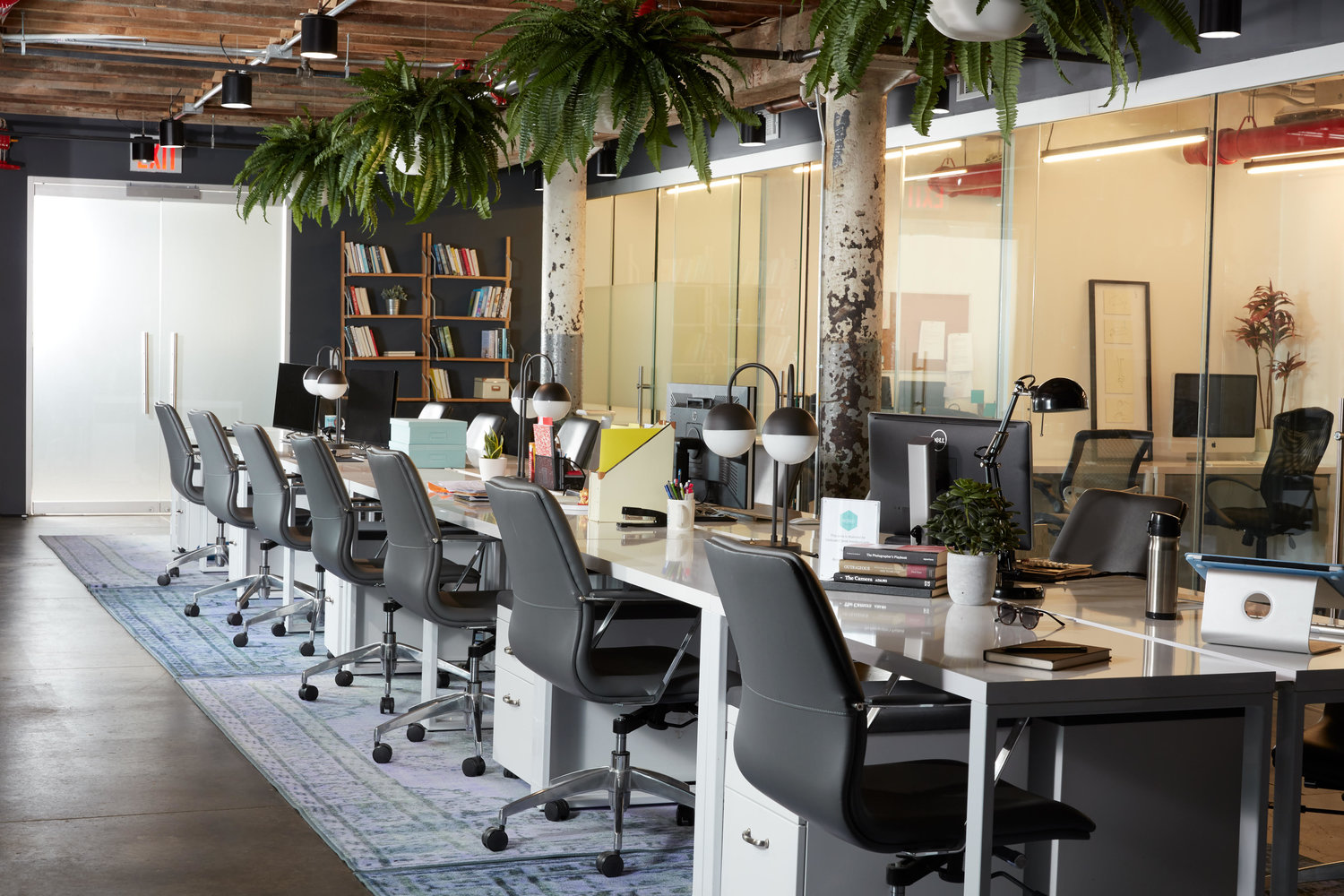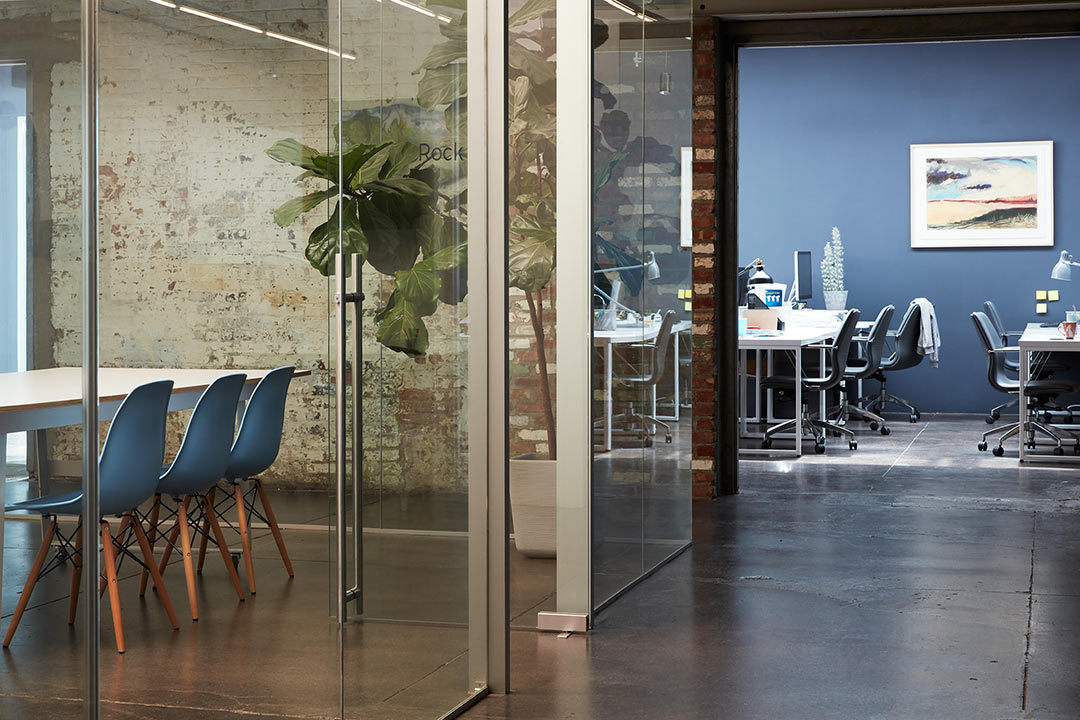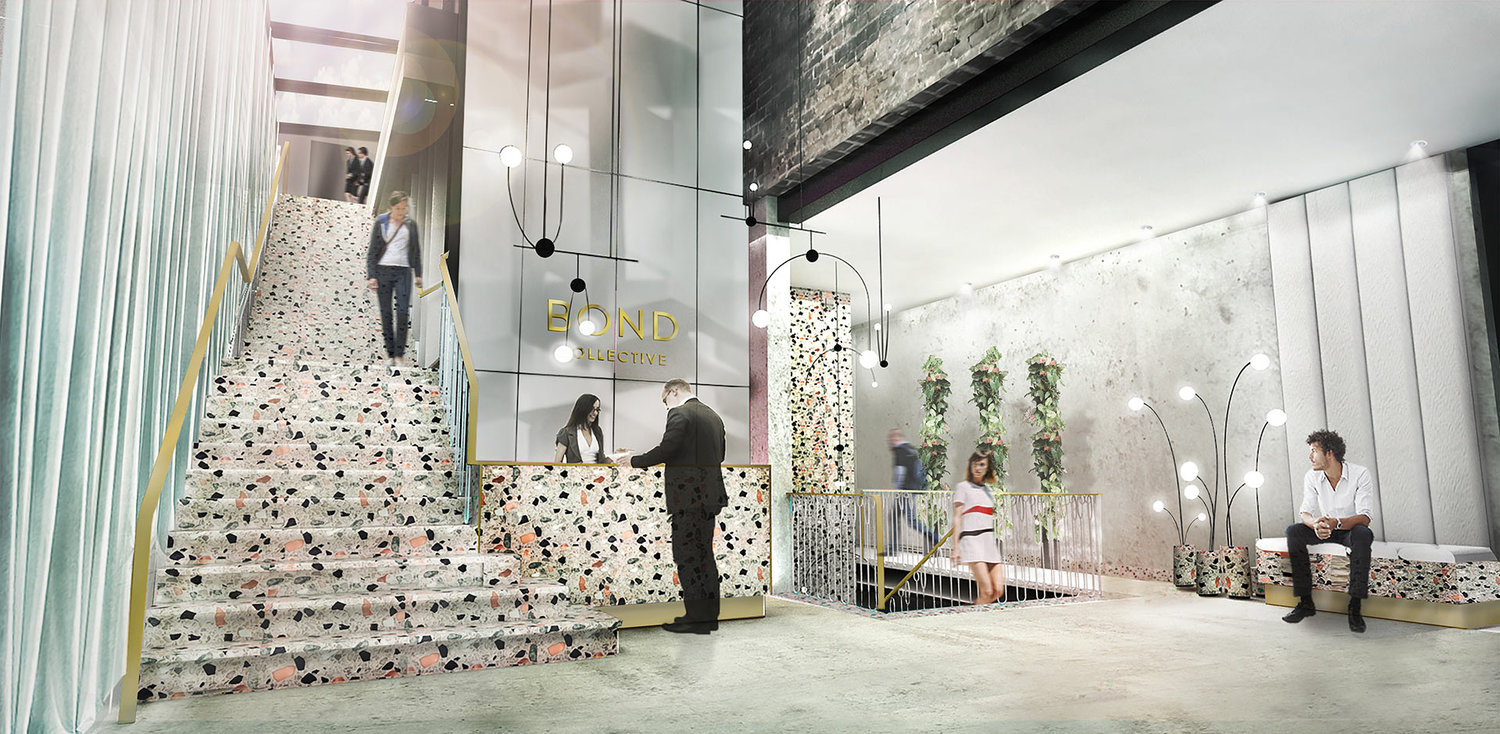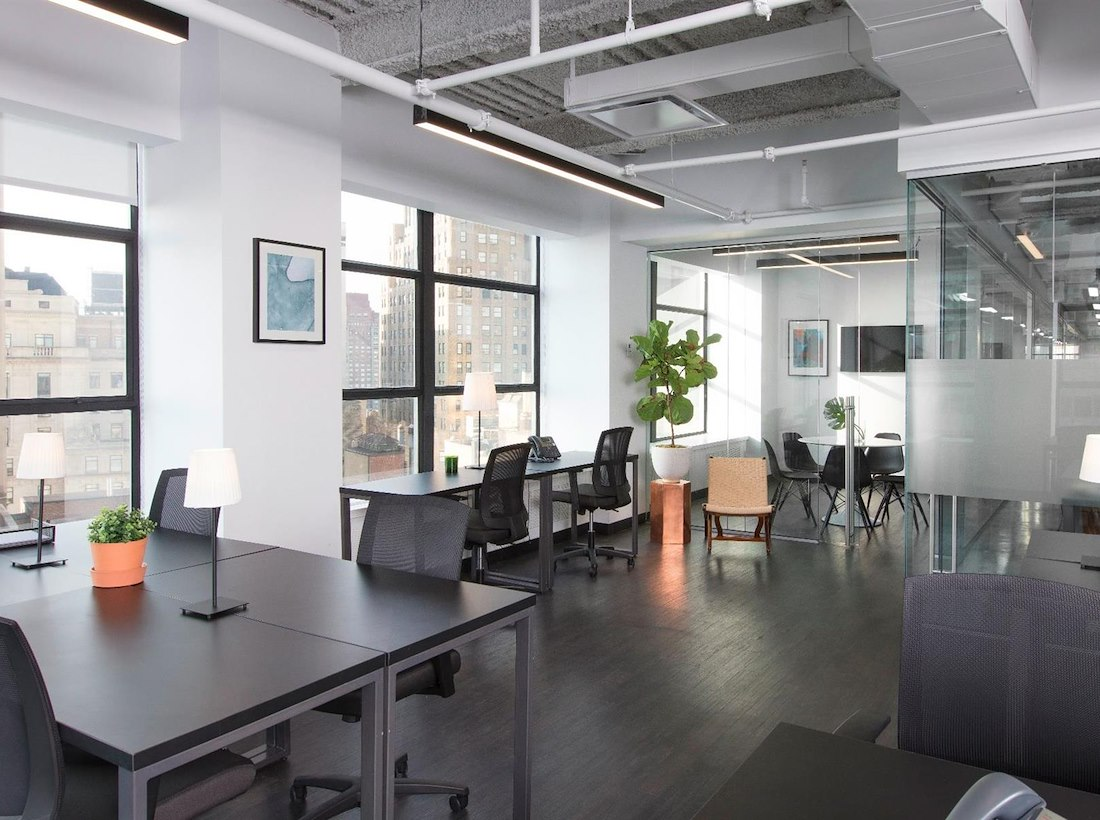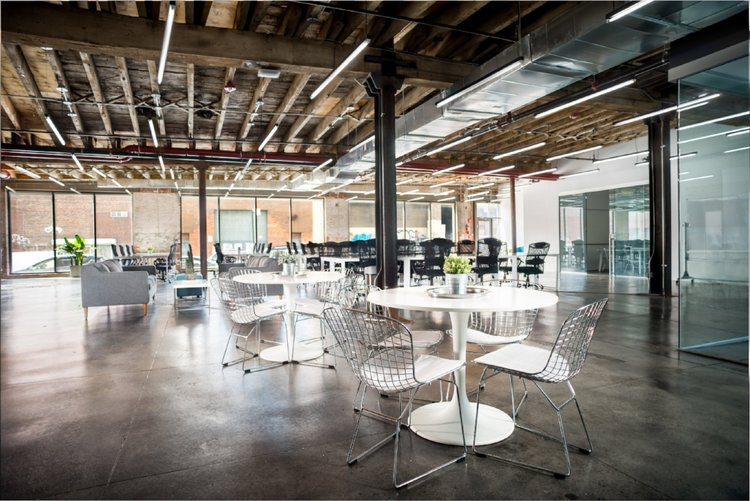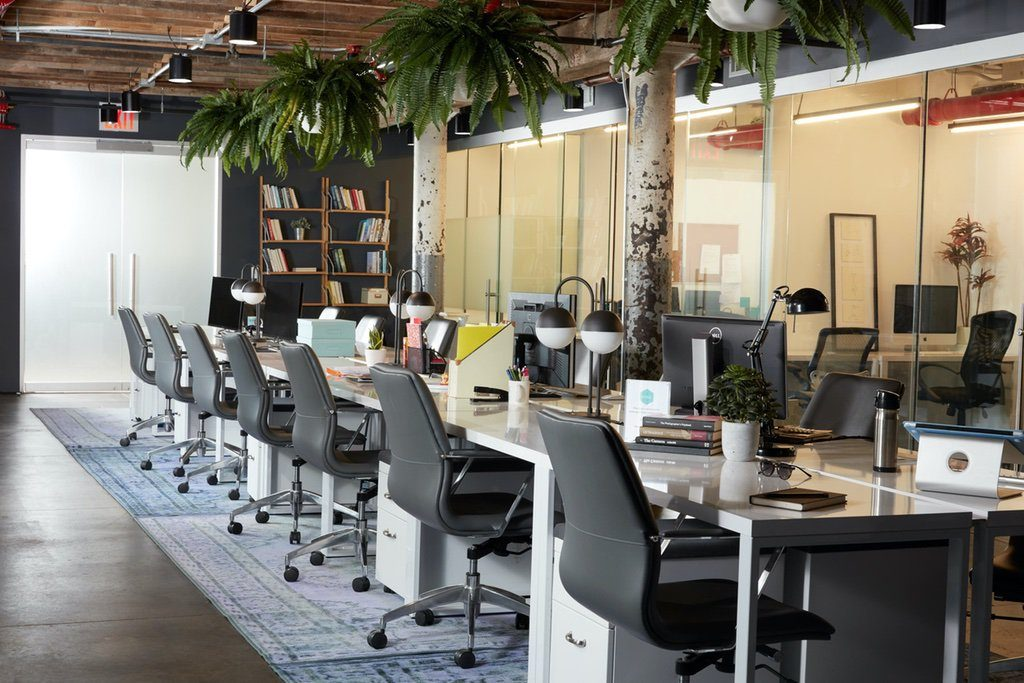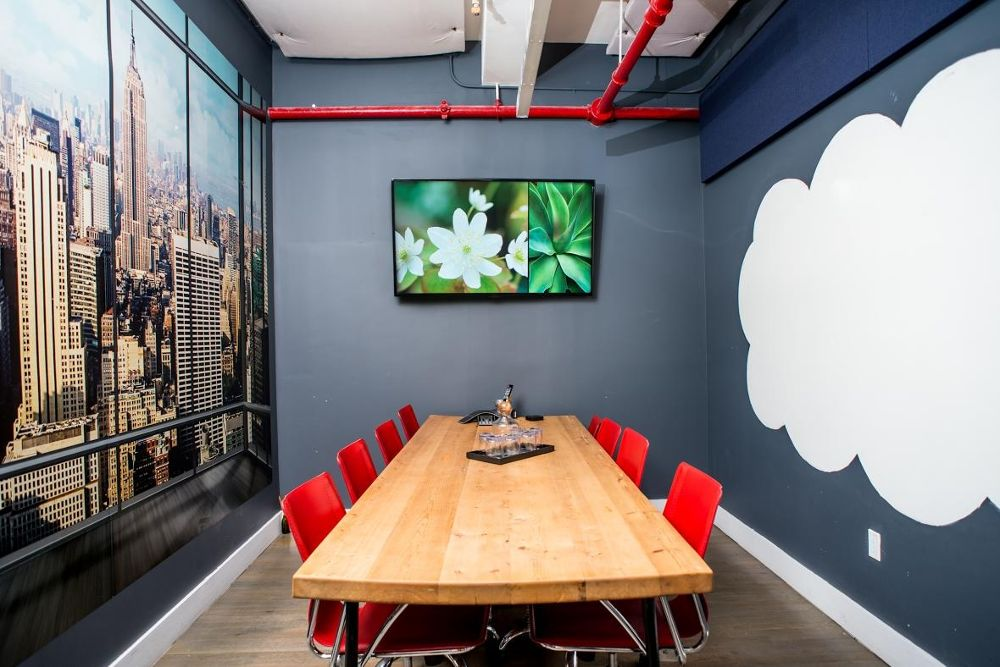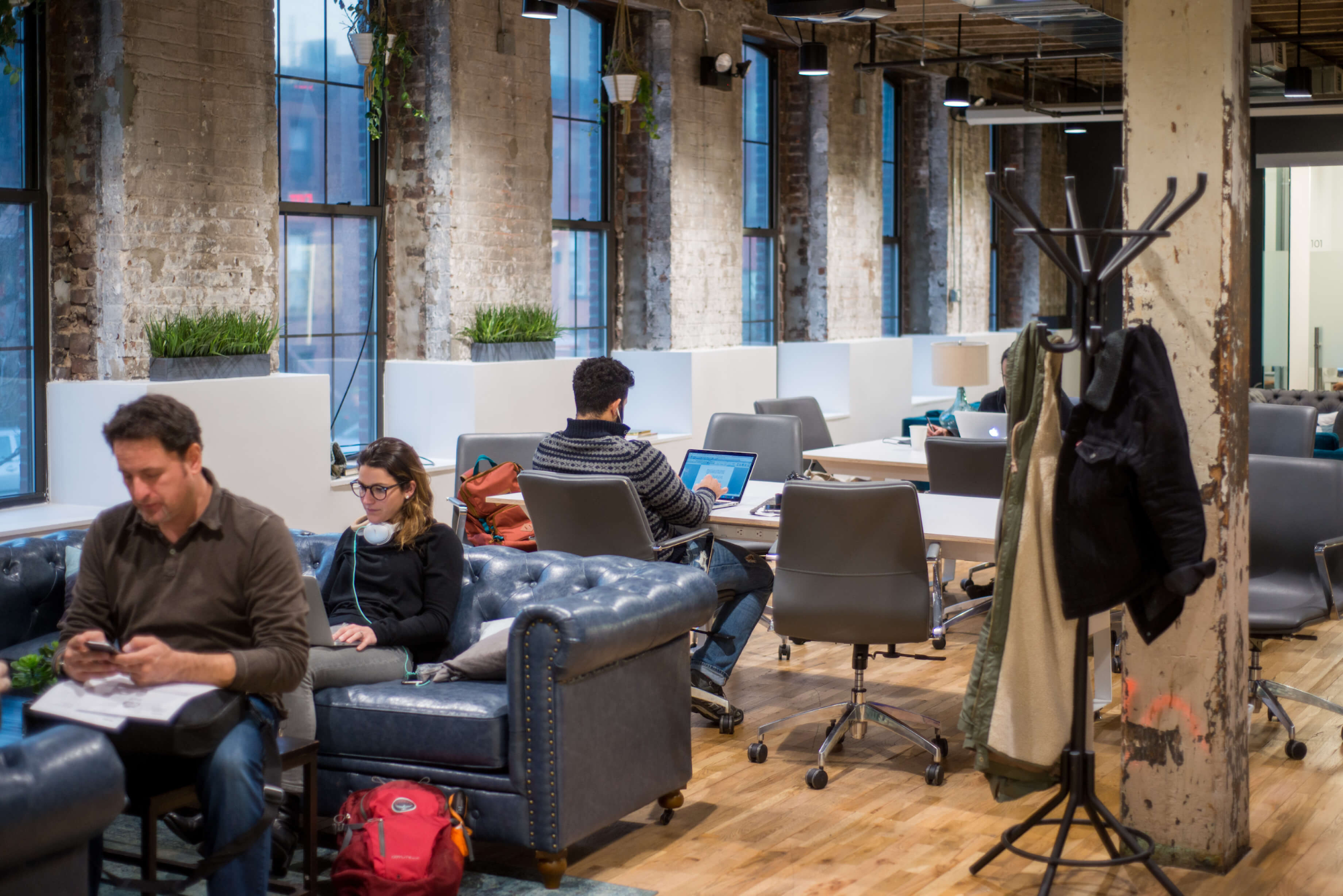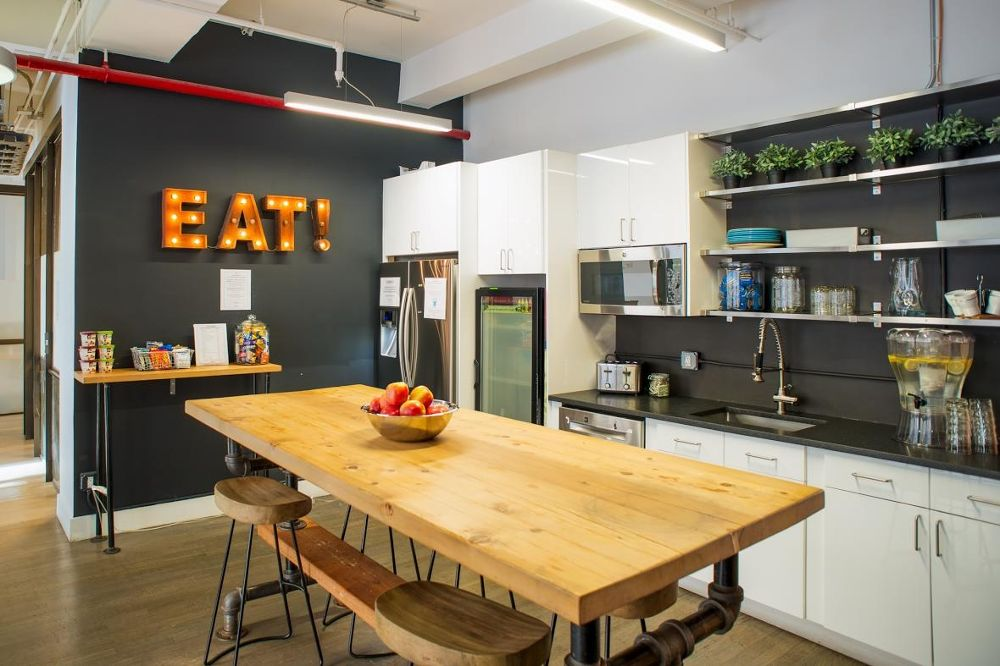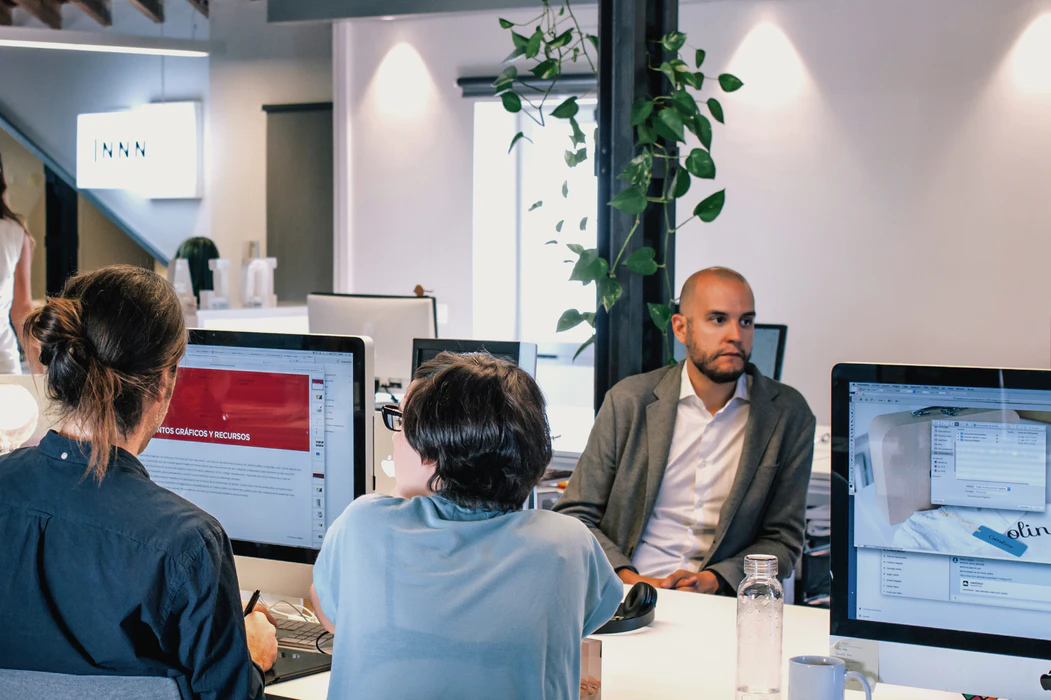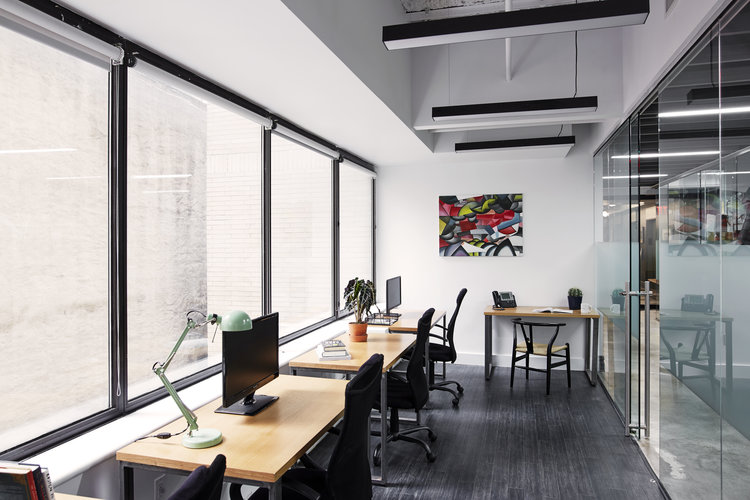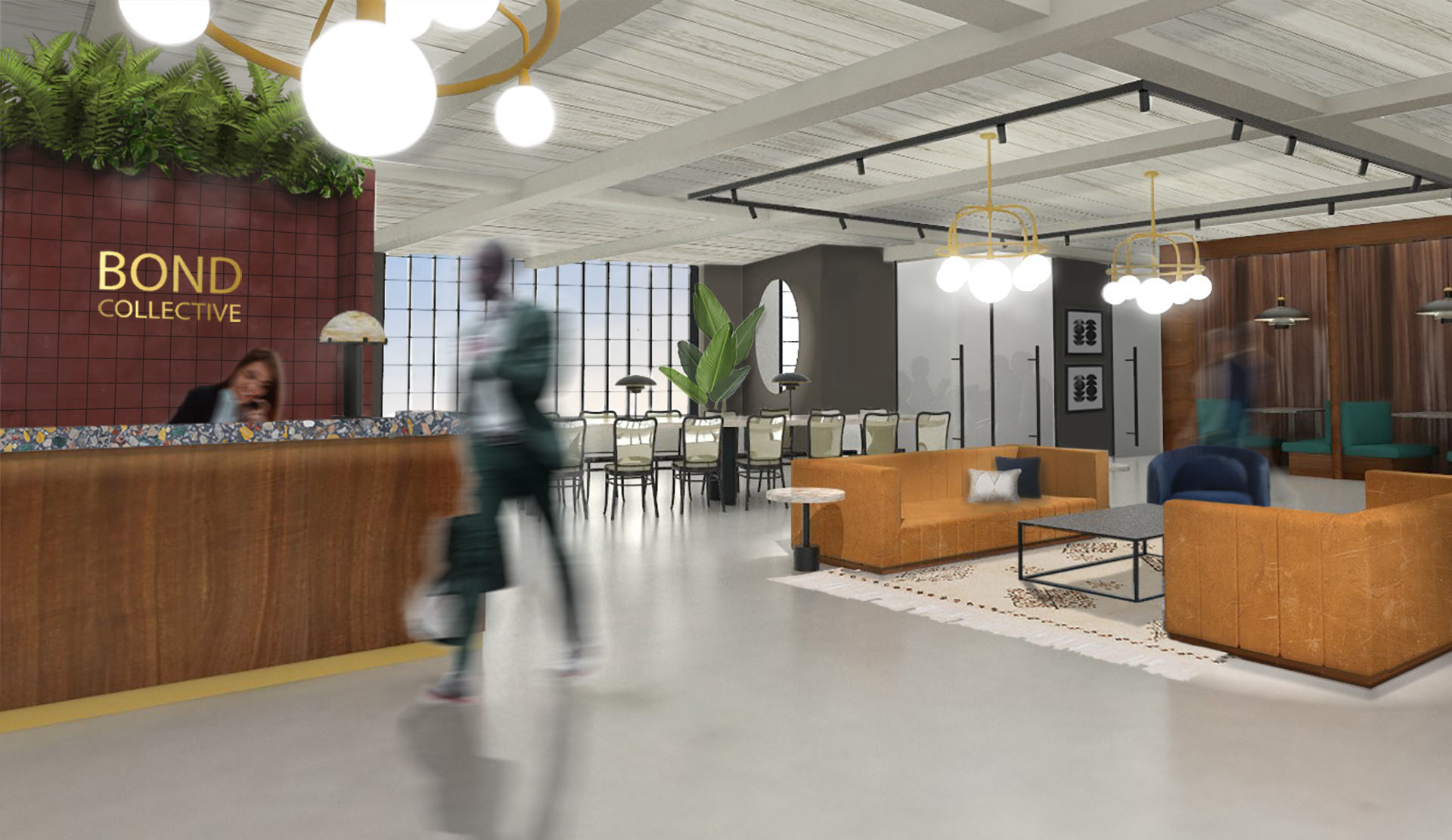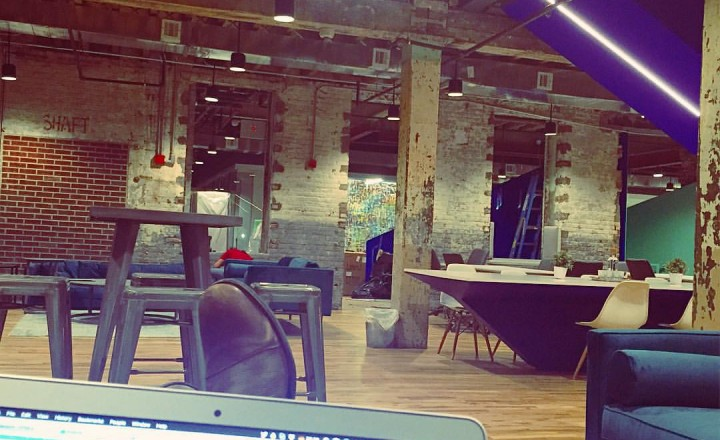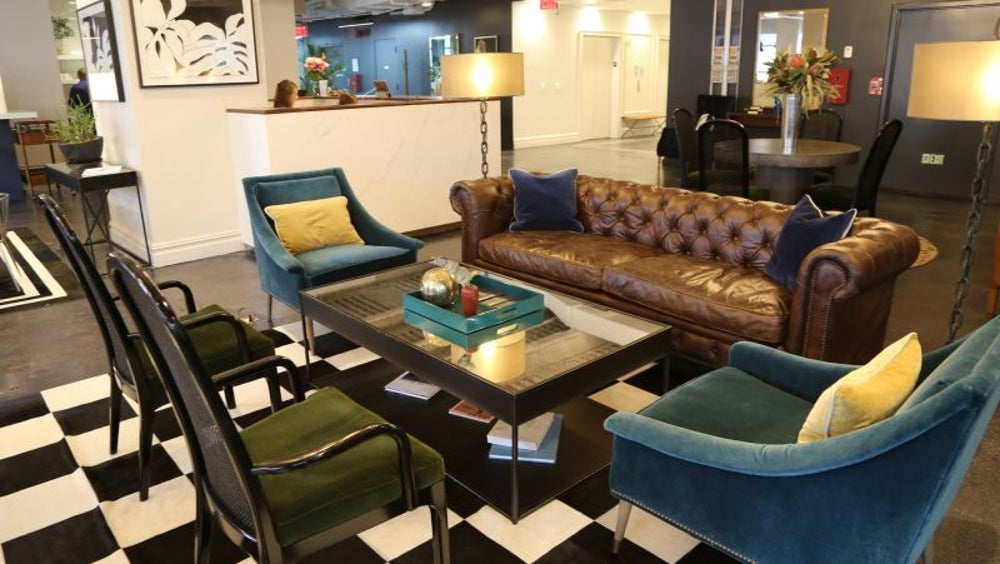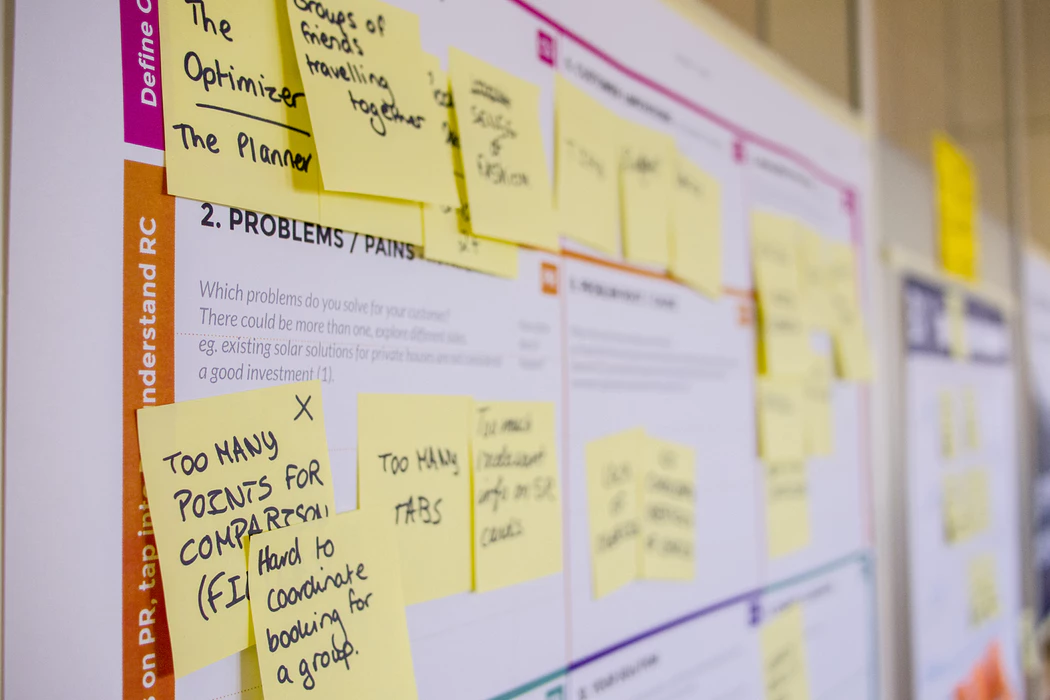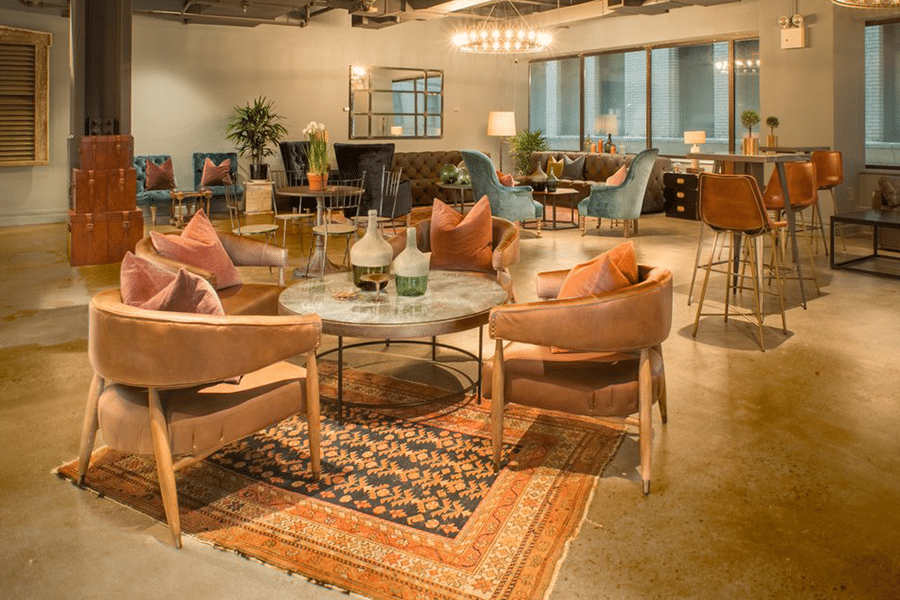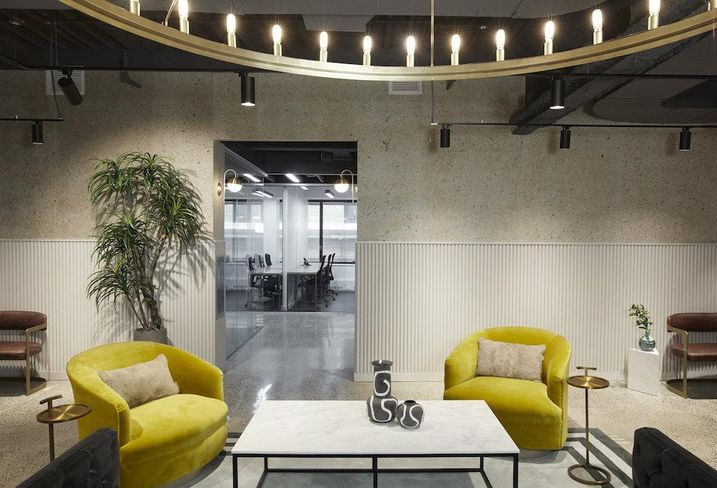By Bond Collective Staff
It doesn’t matter if your business is you and your co-founder or you and 200 others, setting team goals can be difficult. But despite how demanding the process can be, it is essential for the success of your business.
In this article, we’ll discuss seven tips that will help streamline your goal setting and give your team a head start toward improving the way they work.
7 Tips For Setting Successful Team Goals
1) Identify What You Want To Achieve
The very first step for setting successful team goals is identifying what you — the manager or owner — want to achieve.
You can start by examining where your business is lacking and setting a goal to shore up this deficit. Or you can start by establishing targets you’d like your business to reach over the next weeks, months, and years.
Either way, make sure that the goals are a stretch but that they’re not impossible for your team to achieve.
2) Make The Goals Measurable
Sometimes, it can be tempting to set general goals, like “have more fun” or “provide a better customer experience.”
Those are admirable ambitions, but they are too subjective to be of any real use. How do you know if your team is having more fun or if they are providing a better customer experience?
The best way to set objectives that work is to make them measurable and assign them a target number.
For example, you might set a team goal of 75 percent work satisfaction on three out of four quarterly performance reviews. Or you might aim for a 25 percent increase in satisfaction from online customer-service surveys through the first six months of the year.
With these types of measurable targets, you can quickly and easily see whether your team has achieved its goals or not.
3) Set Team Goals First
This may seem like an obvious tip since the whole article is about setting team goals, but wrapped up in those plans are other, individual goals that team members may want to work on.
We’ll discuss those personal goals in the next tip, but it’s vital to set the team’s purpose before turning your attention to individuals’ objectives.
Your team goals provide structure and guidance to each member and give them a place to put their focus.
Within the context of the shared goal, each employee can formulate their own plans for bettering themselves in a way that contributes to the overall success of the main goal.
4) Set Individual Goals Second
Setting individual goals under the umbrella of a team goal is an efficient way to ensure that everyone is working to further the aims of the business as a whole.
For example, you may set an overall goal of a 10 percent decrease in customer attrition in the first two months of the year. But how is each individual on the team going to contribute to achieving that goal?
One team member may need to increase sales, while another team member may need to improve their productivity. Those are their individual goals.
You should give each team member a specific point on which to work — or let them formulate their own — that, when reached, will make achieving the larger goal much easier.
5) Establish Deadlines And Stick To Them
Deadlines give your team structure and demand that they be accountable for their actions.
If you don’t set a deadline — and stick to it — it’s all too easy for your team to “kick the can down the road” until they’ve forgotten all about the goal and haven’t achieved anything significant.
When setting deadlines, don’t be afraid of failure. Your team may fall short of the metrics by the project end date, but this just shows you where they need to improve. Or perhaps the goal requires more time.
Meeting or failing to meet deadlines gives you a very real indication of where and how to improve the goal itself for better success.
6) Track Progress
Once you’ve set team goals, individual goals, and deadlines for everything, make sure you track the progress of each task to ensure that your team is staying focused on the end result.
Checking in at least once per week helps you see when and where you may need to make corrections, what’s working and what’s not, and how you can allocate resources to improve the prospect of success.
Tracking the progress of the goals also helps team members stay motivated. They can see the headway that they’ve already made and formulate new ways to improve.
7) Support Your Team
For the best results from start to finish, support your team and help them focus on achieving their goals. This is definitely not the time for a laissez-faire management style.
Take the time to:
-
Make sure they understand what they need to do to achieve their goal
-
Give them the tools they need to stay productive
-
Define milestones for each goal
-
Schedule regular individual and team reviews to keep everyone on track
When you support your team, you give them a better chance of being successful in all they do.
15 Examples Of Team Goals
It can be difficult to set team goals that are specific, relevant, measurable, and attainable — especially when you’re first getting started.
To help you in that regard, we’ve listed 15 examples of team goals that you can use verbatim or customize for the unique needs of your business.
-
Read at least one business-related book every two months
-
Deliver customer service and support with an 85 percent or higher satisfaction rating
-
Reduce customer contact volume by five percent
-
Revise and refine business strategy by the end of the fiscal year
-
Review all client accounts above $10,000 biannual spending and schedule strategy meeting
-
Onboard 10,000 new online customers per quarter
-
Secure startup funding to cover 12 months of activity
-
Increase Facebook likes, Twitter followers, or other social media metrics by 50,000 in six months
-
Hold two on-site interviews per week in May, June, and July in order to hire a new manager by August
-
Secure $20,000 in sponsorship commitments for October charity event by May
-
Prepare for a product launch in September by finalizing pre-launch guidelines, tasks, and deadlines before April
-
Follow the office-move checklist to complete the transition and be back to 100 percent by July
-
Reduce overtime by 20 percent before December 15
-
Ensure that 100 percent of the team has been trained on the new technology by the end of the month
-
Conduct at least one team-building activity per month
Give Your Team The Best Chance For Success
The location where you work has a profound impact on your team’s chances of achieving their goals. If your current office space is less than ideal, your team’s focus, creativity, and morale will take a hit.
That’s why it’s vital to base your team in an office space where you can take advantage of a professionally designed and maintained environment. Bond Collective does all that and much more.
Bond Collective offers boutique coworking environments that are available immediately for businesses of all sizes. At Bond Collective, you can choose from a variety of workspace options, such as:
-
Open-plan coworking spaces
-
Conference rooms for 5-20+ guests
And when you partner with Bond Collective, you don’t just get a beautiful space that fits all of your needs. Each and every work environment also comes with exclusive amenities you can’t find anywhere else.
Whether you rent by the hour, the month, or the year, you’ll get:
-
24-hour access Custom build-outs
-
Comfortable furnishings
-
Access to small and large conference rooms
-
Networking events
-
Mail service
-
Daily on-site cleaning
-
Bike storage
-
Rooftop lounge area
-
Photo & sound studio (at Gowanus location)
-
Complimentary fresh fruit
-
Complimentary beer, coffee, and tea
-
Bike storage
-
Private meeting & phone booths
-
Office showers
-
Guest reception and greeting
If you’re looking for a spacious, well-appointed collaborative workspace to boost your productivity and transform your business for the better, experience the best that modern office spaces have to offer.
Tour any one of our gorgeous Bond Collective locations in the United States, including New York, Pennsylvania, Washington D.C., Illinois, Tennessee, and Texas. Then become a member of Bond Collective to take advantage of our coworking spaces, dedicated desks, and private offices.
To get started or to learn more about the advantages of coworking spaces for digital nomads, remote workers, and businesses of all kinds, visit BondCollective.com today or call to find out more about everything we have to offer.
Come experience first-hand how the boutique work environments at Bond Collective can benefit your business.




